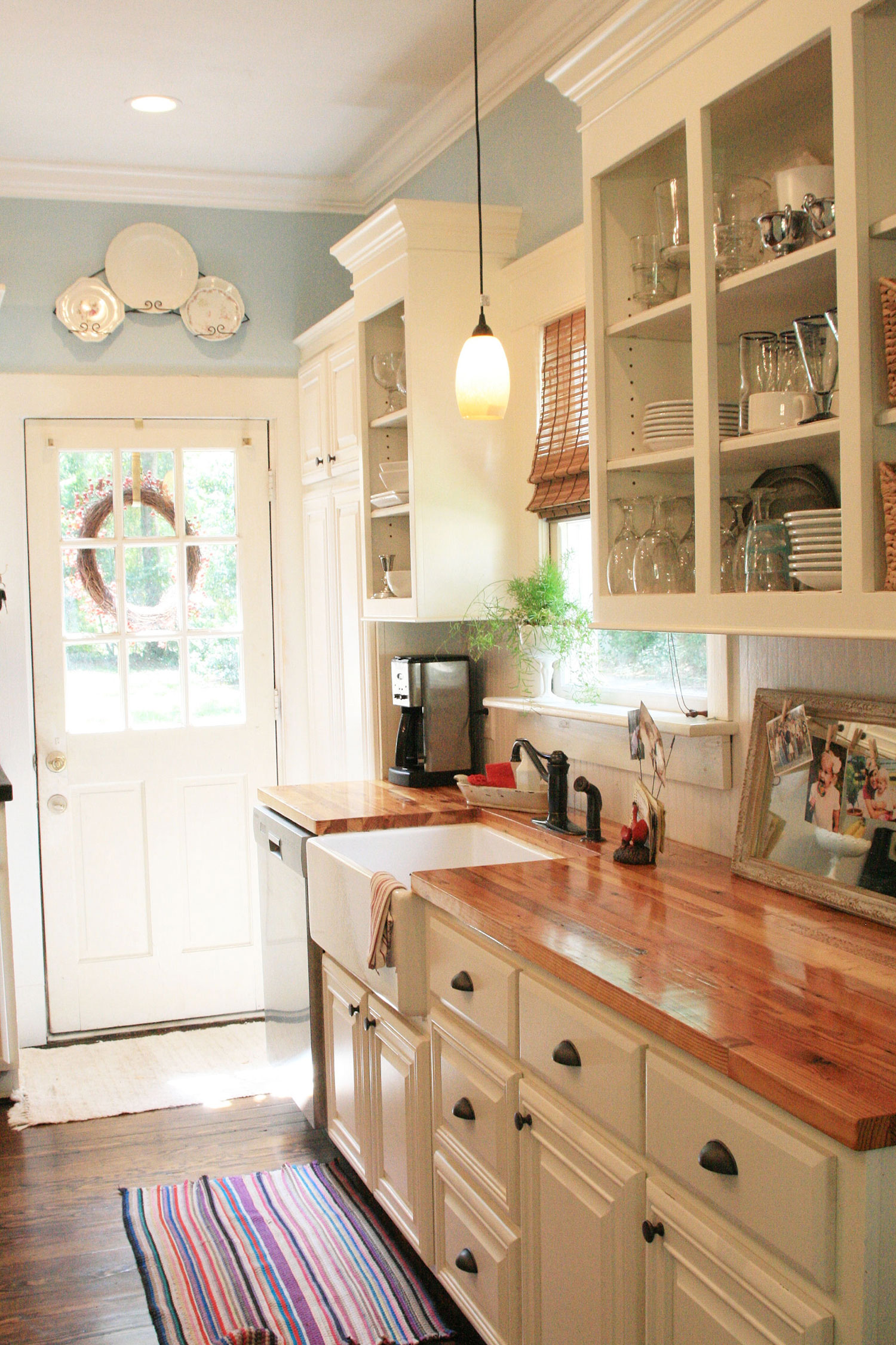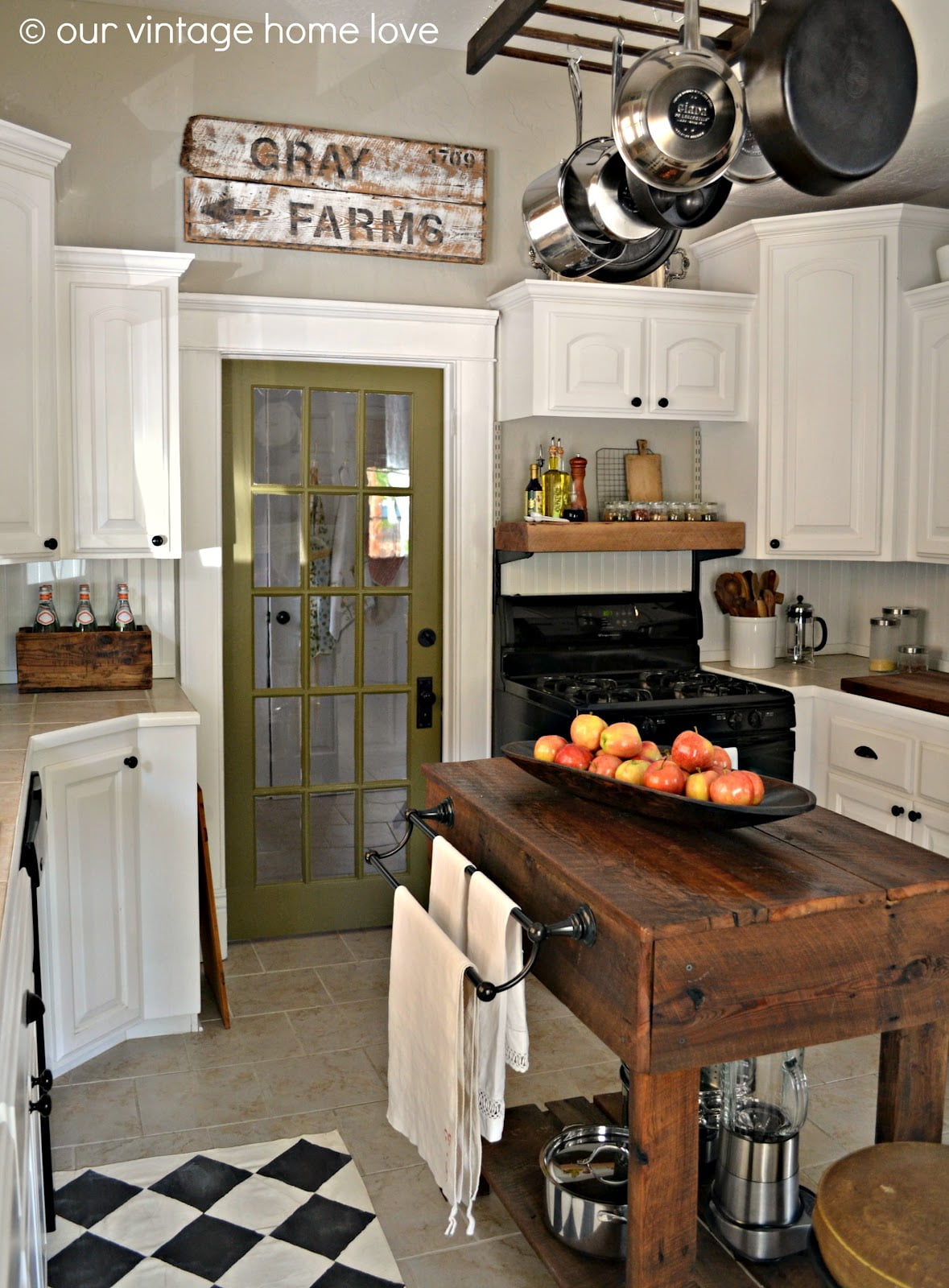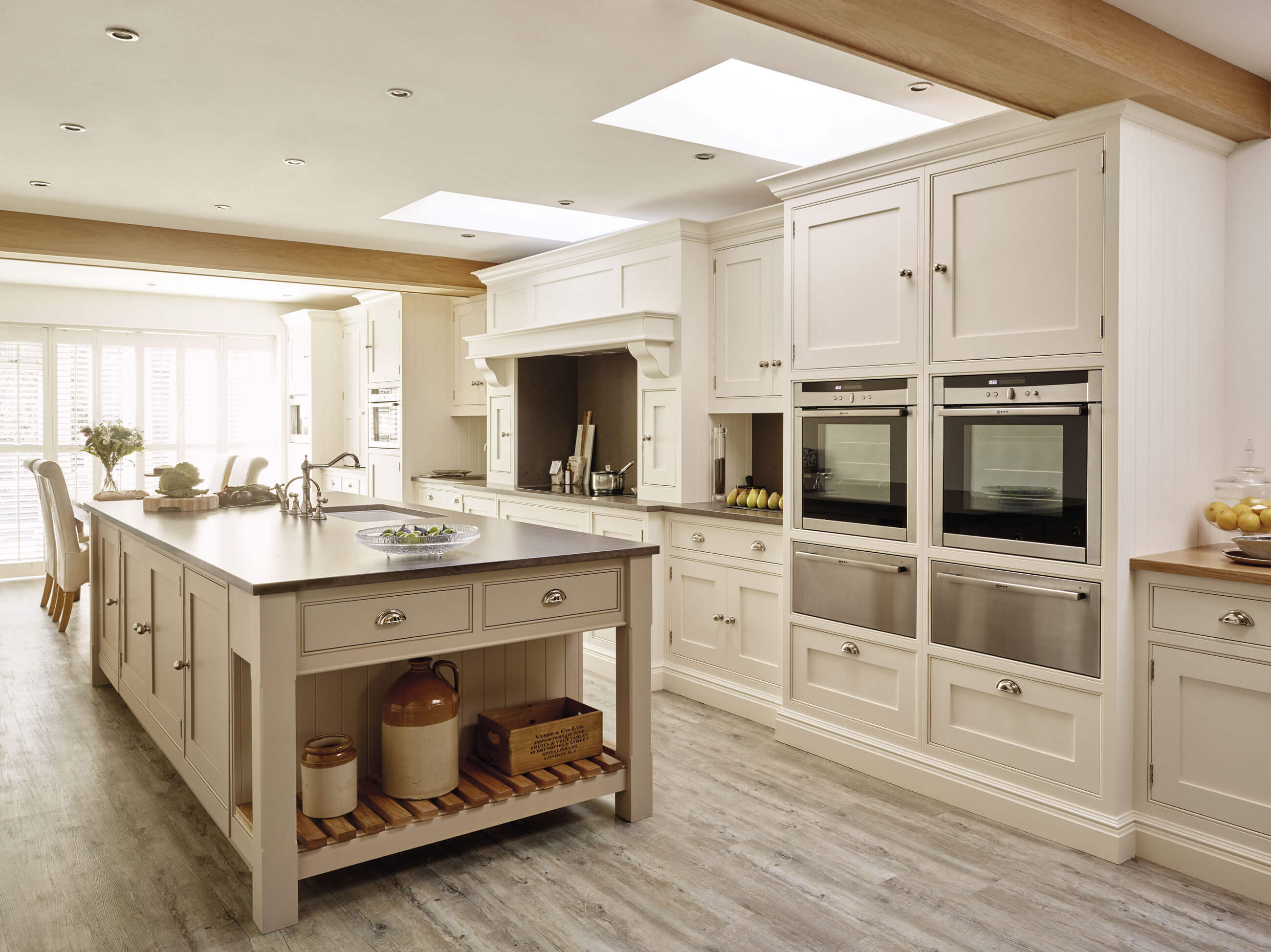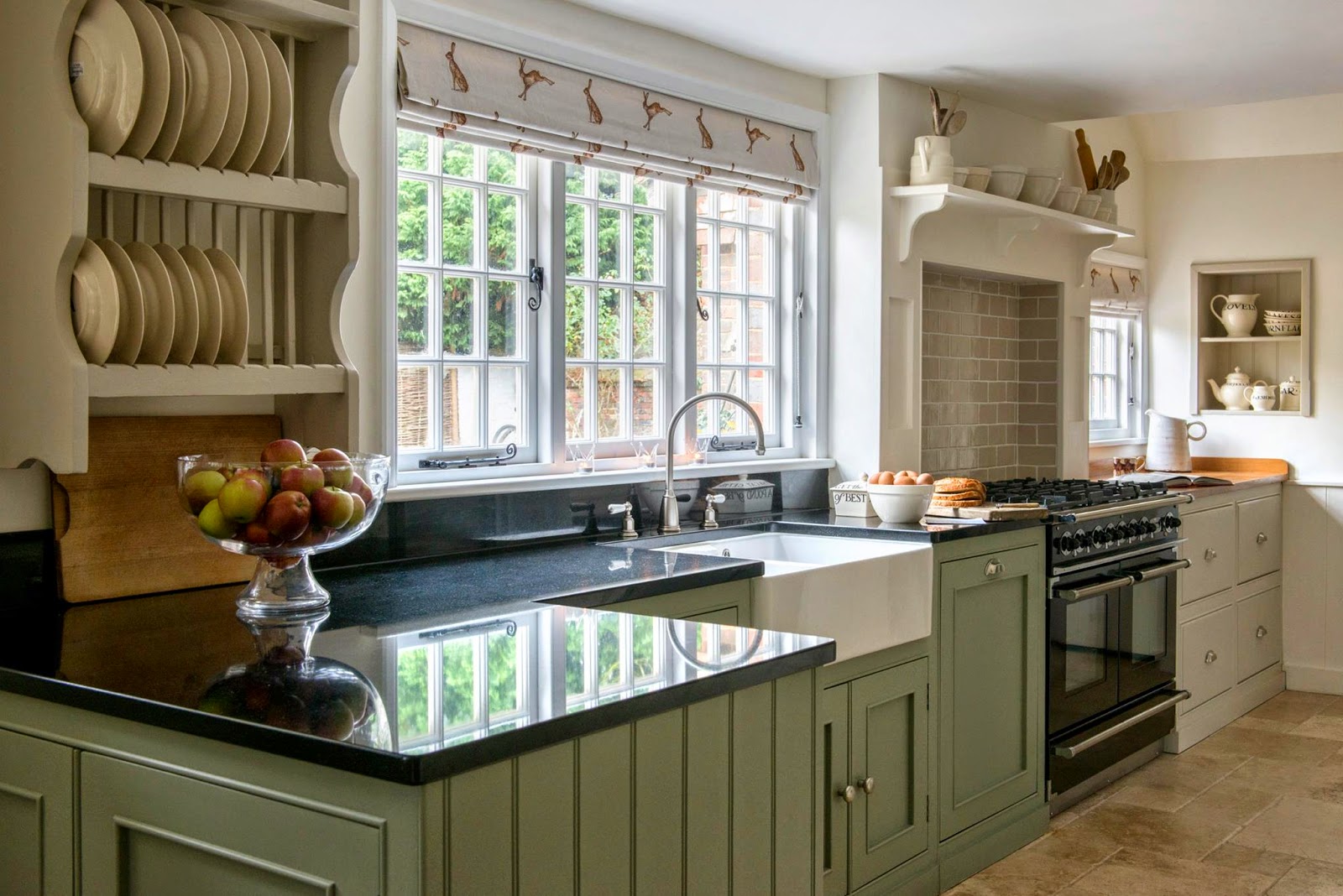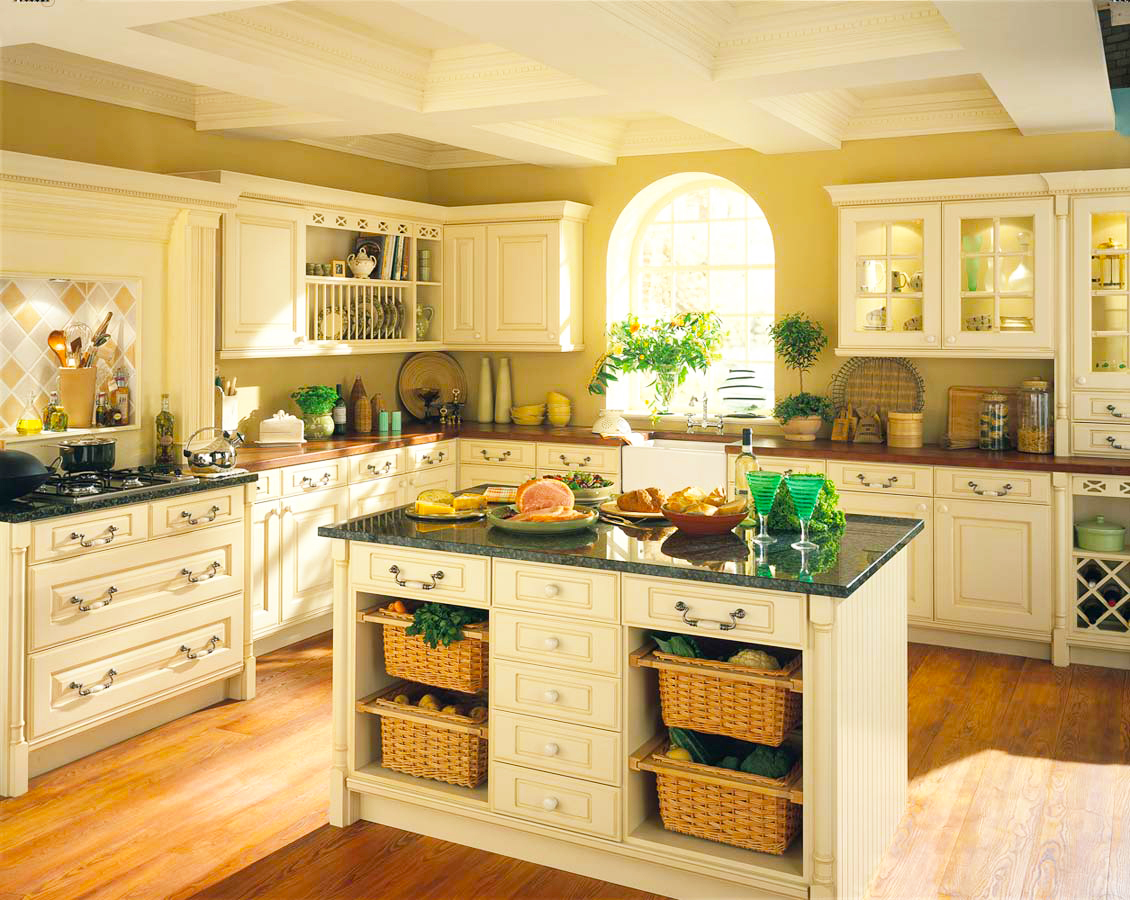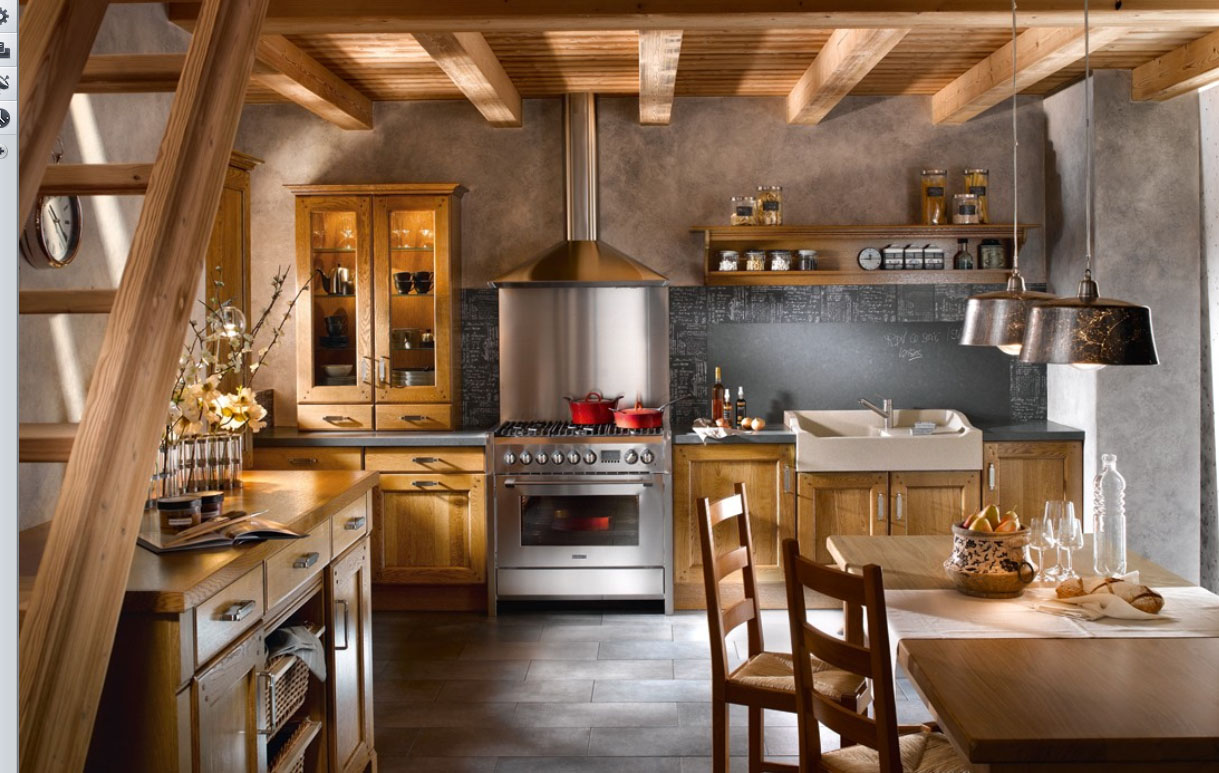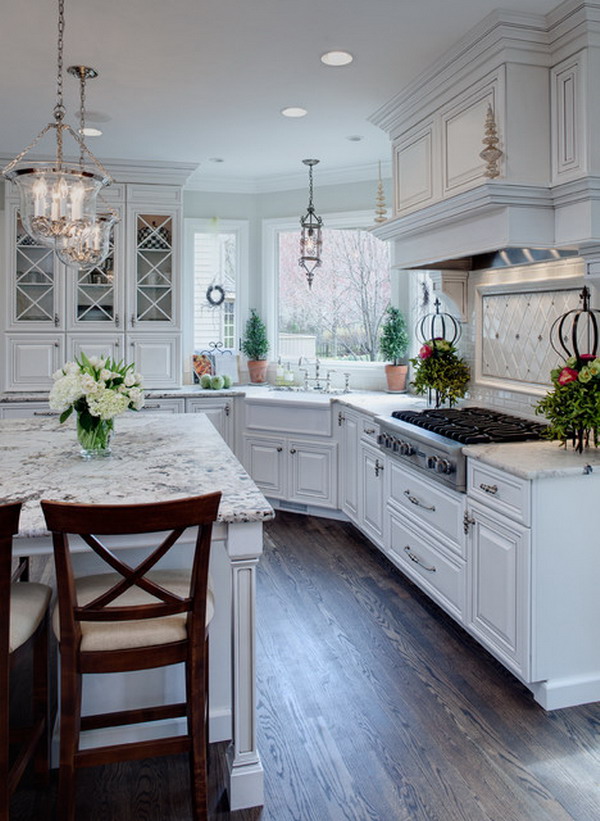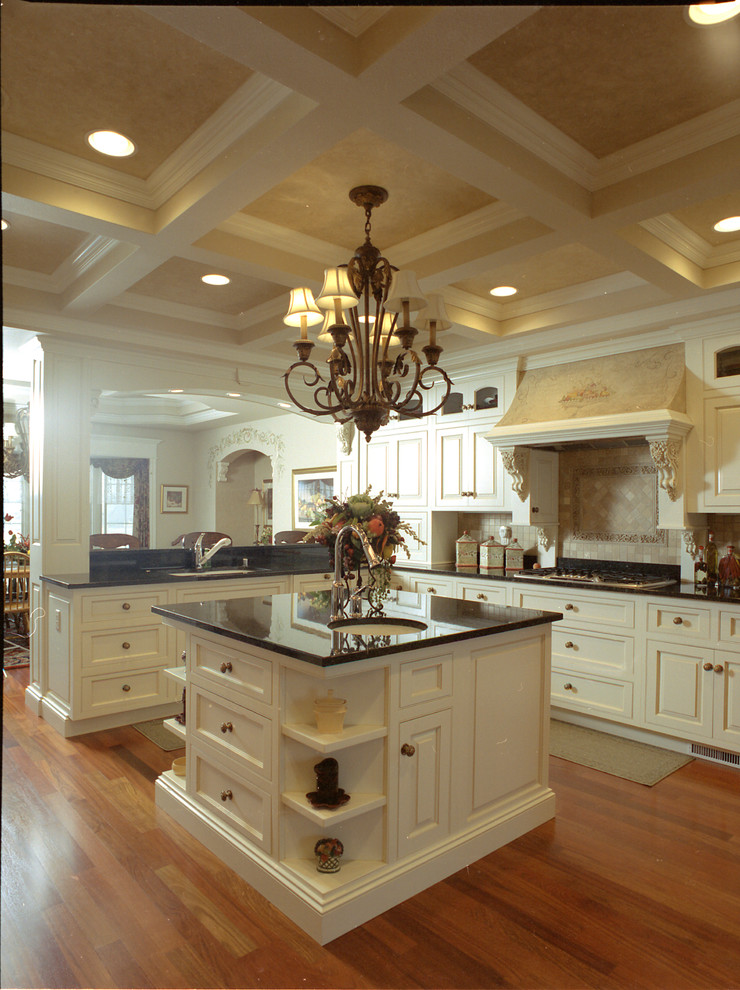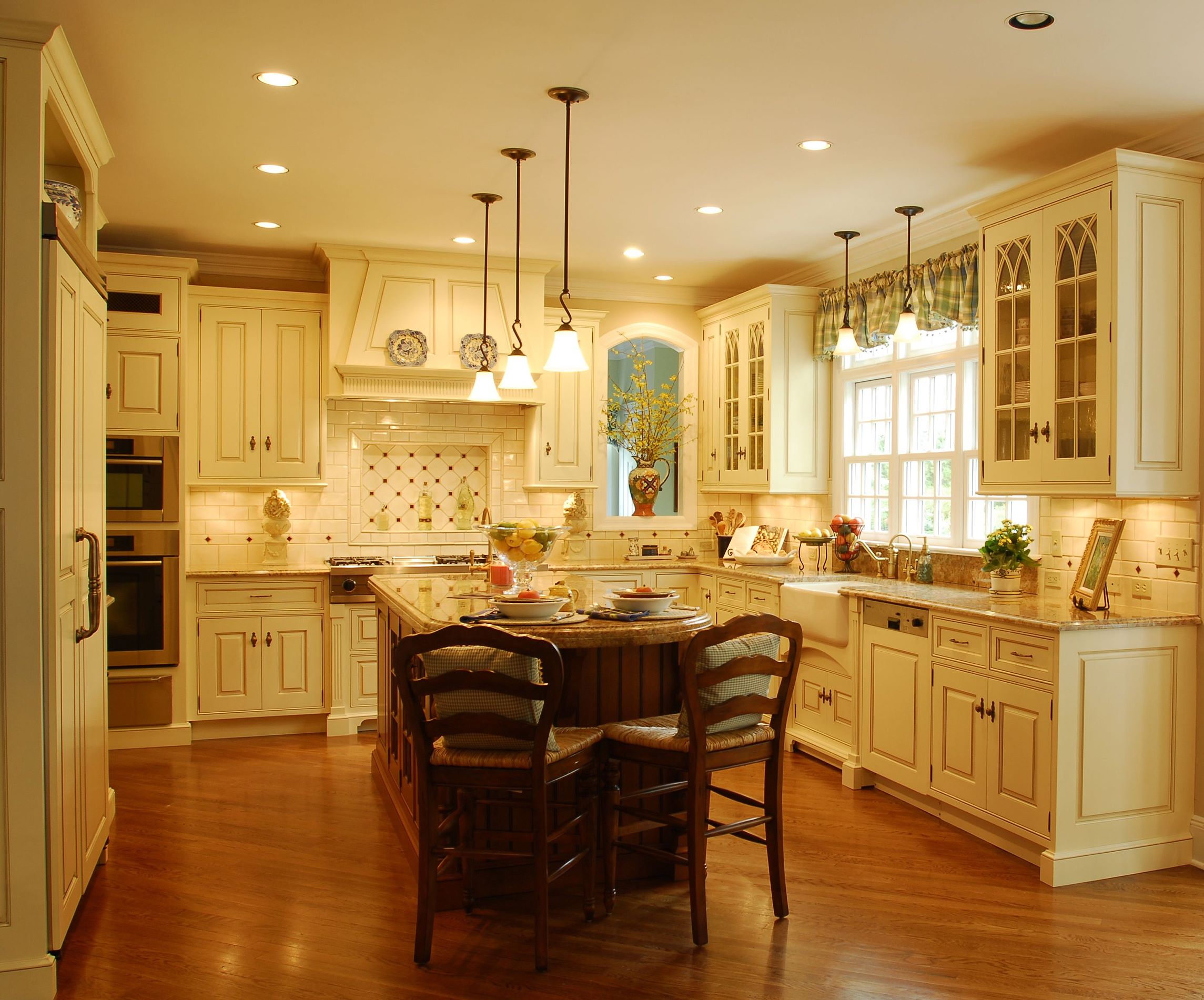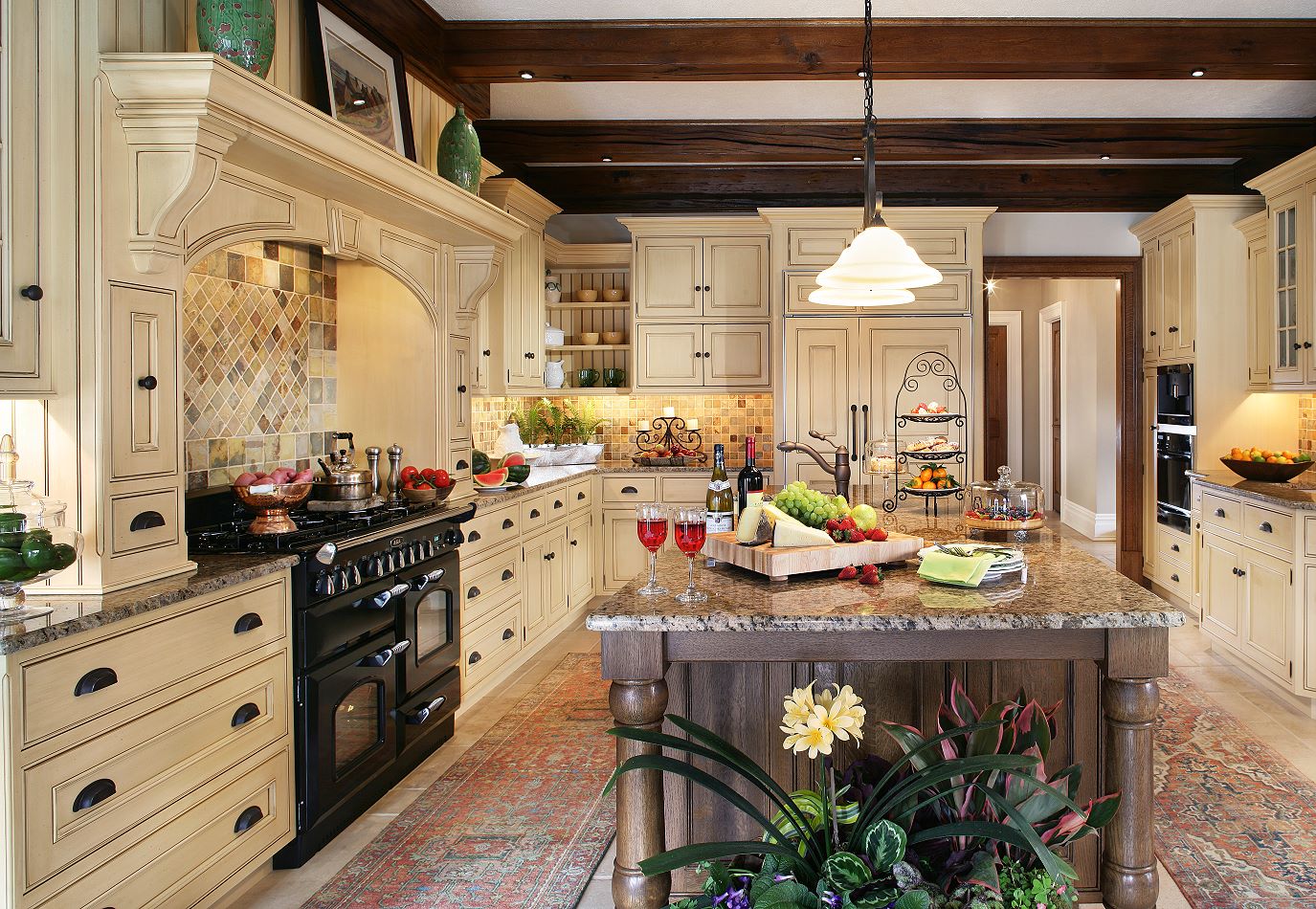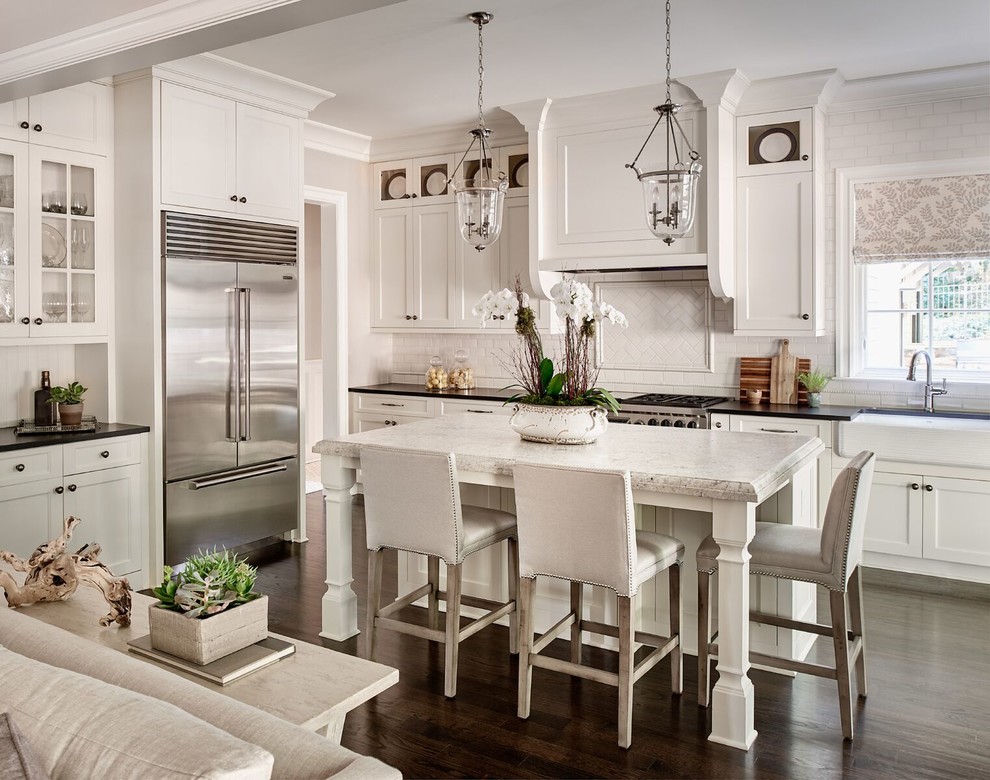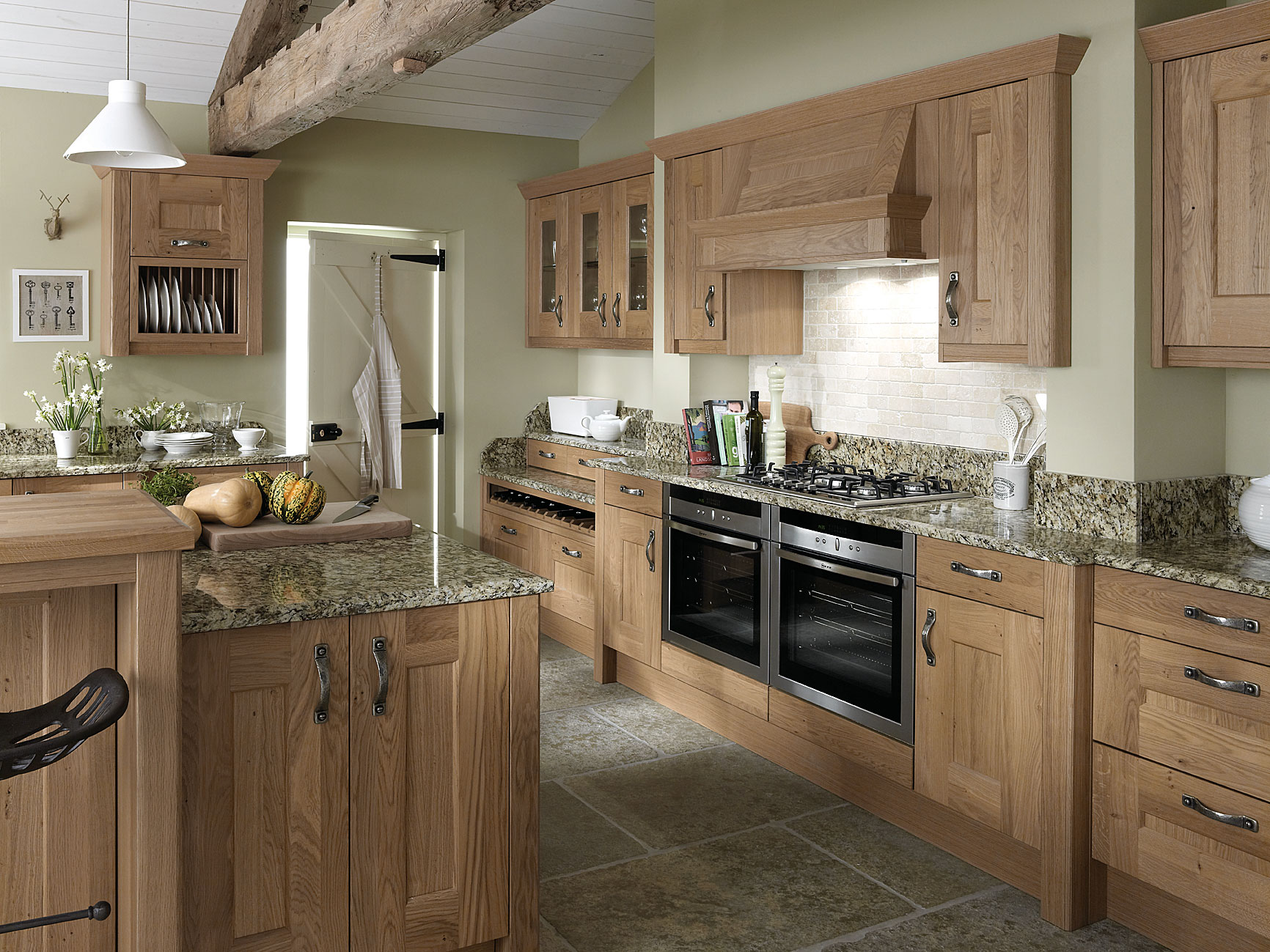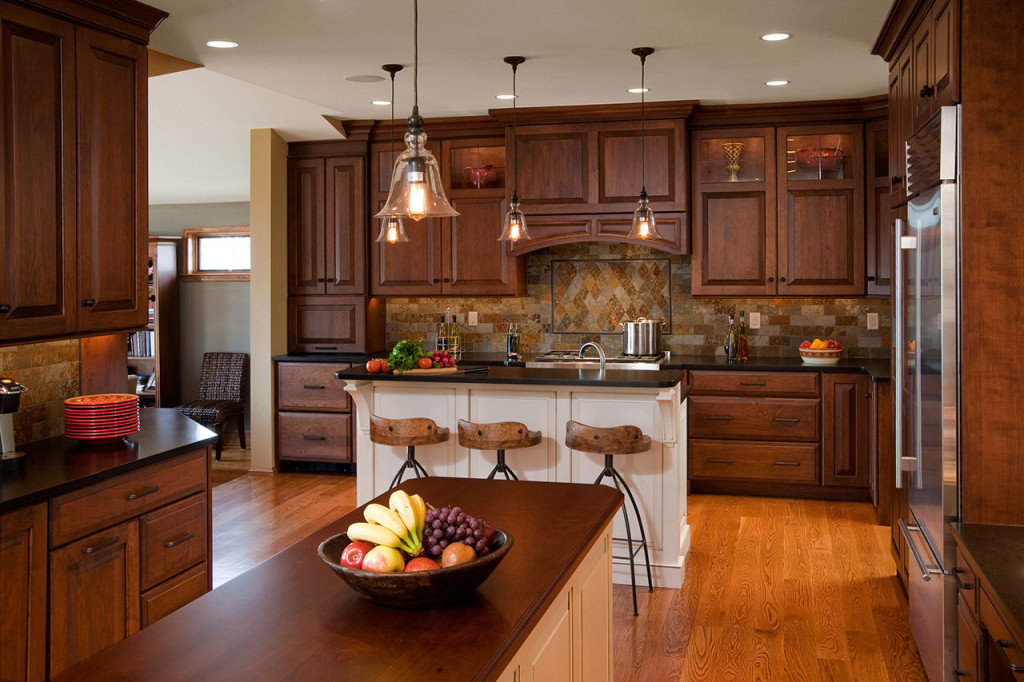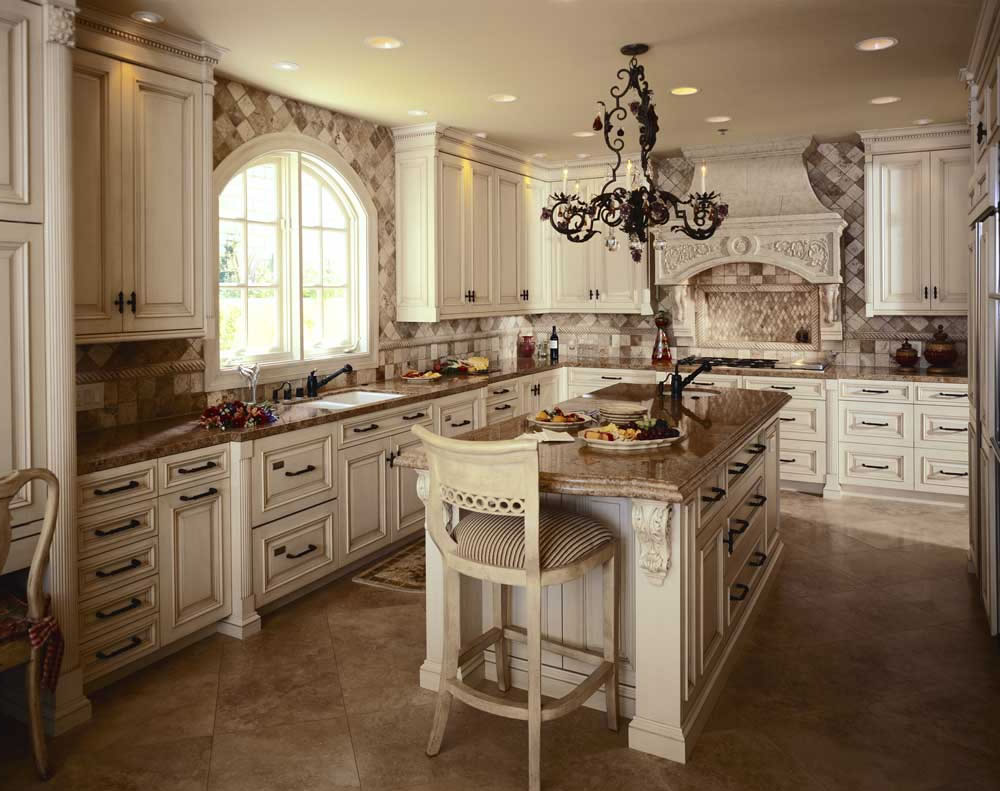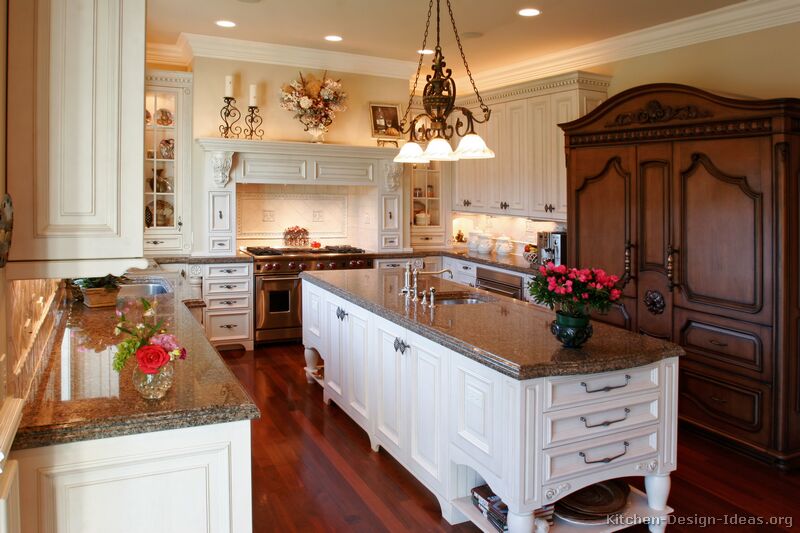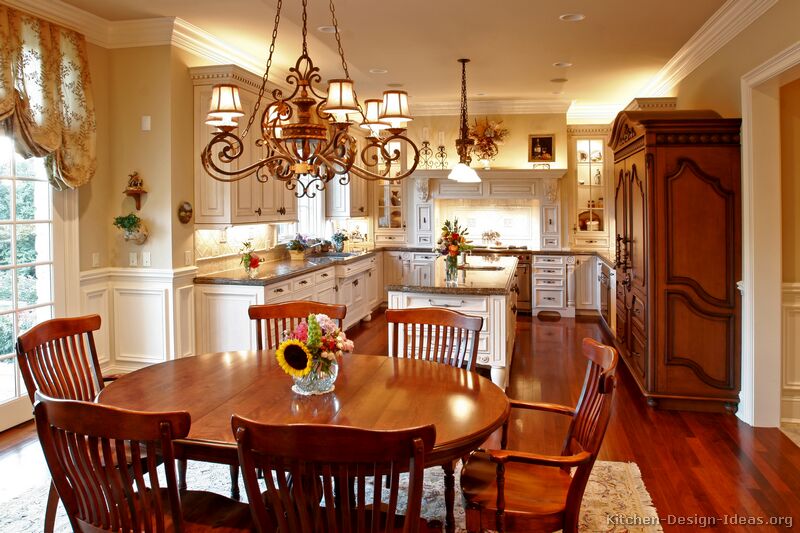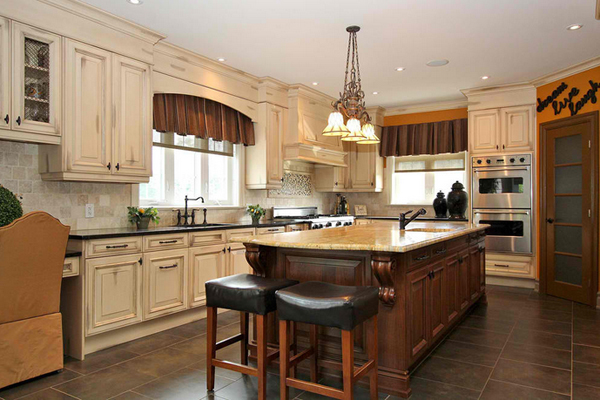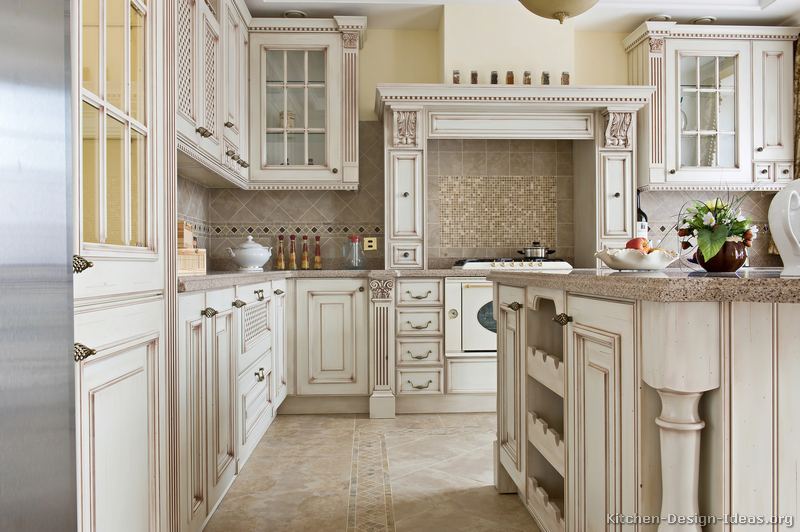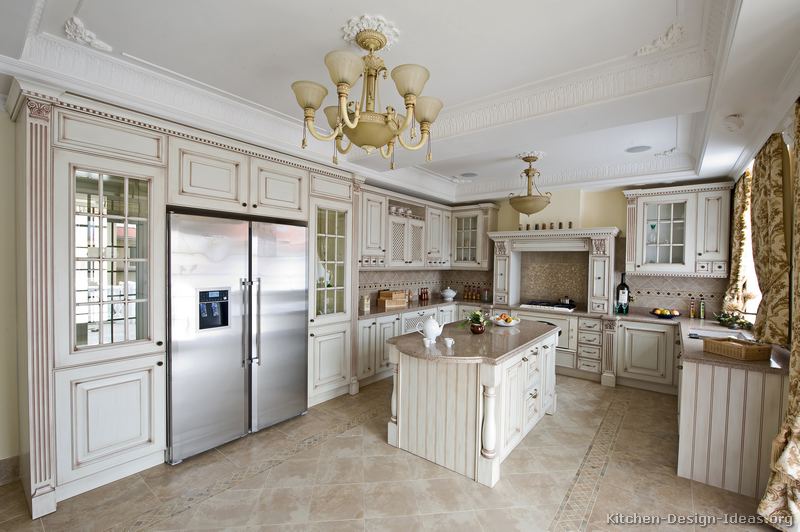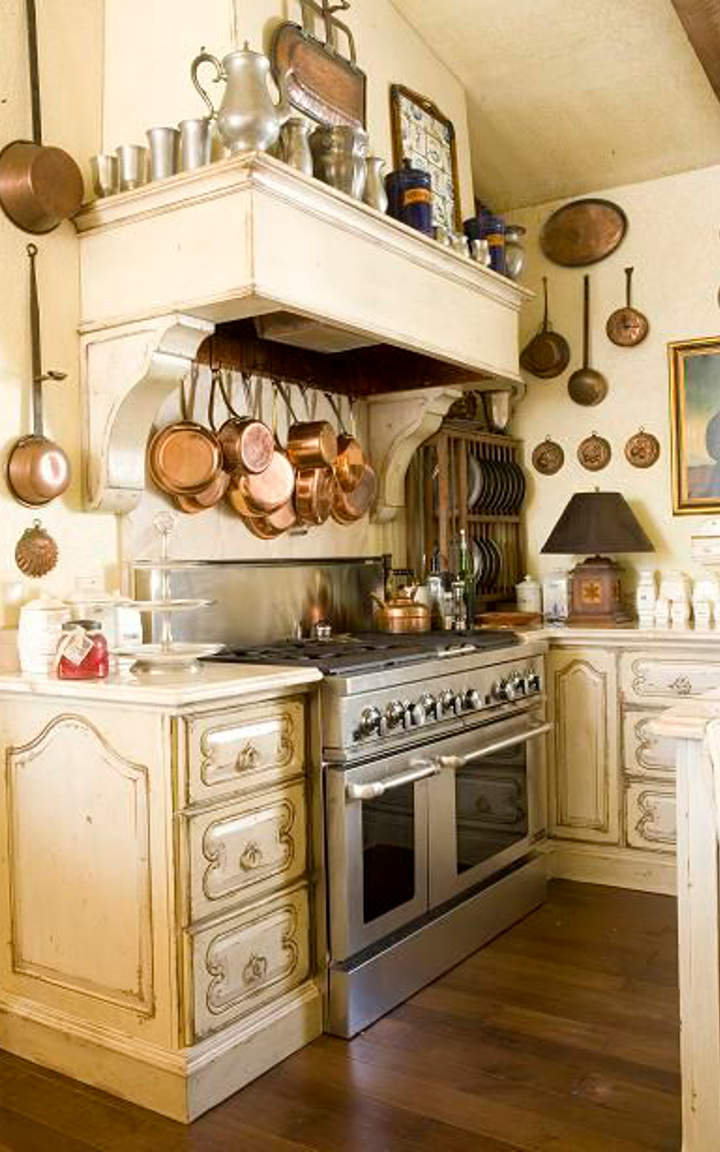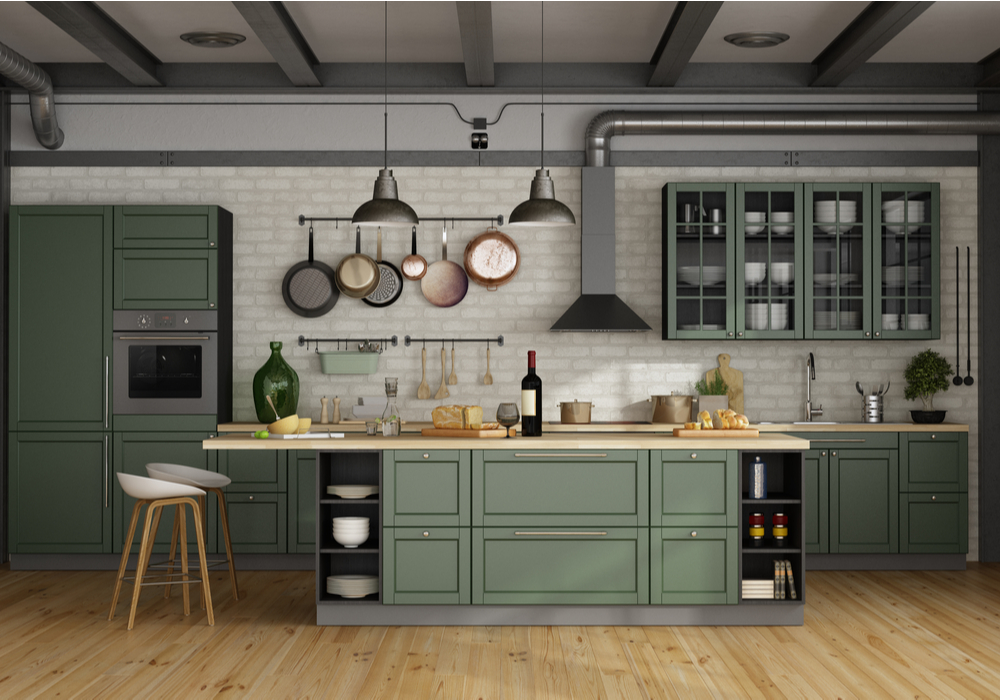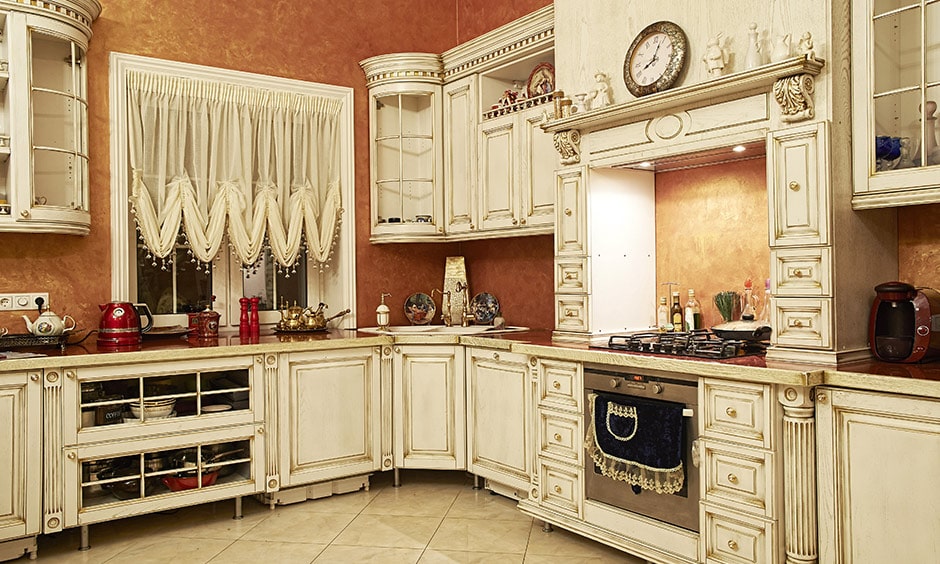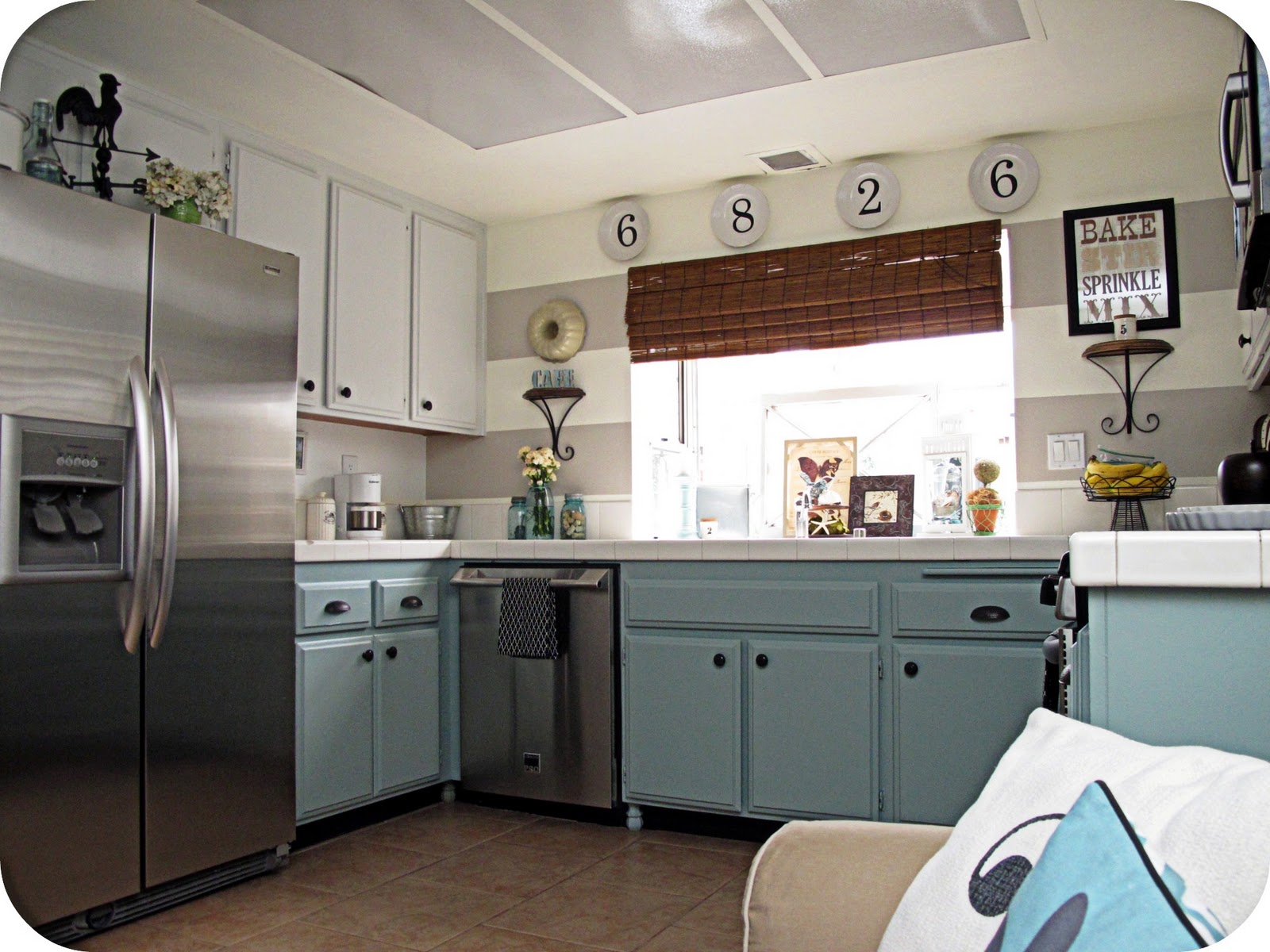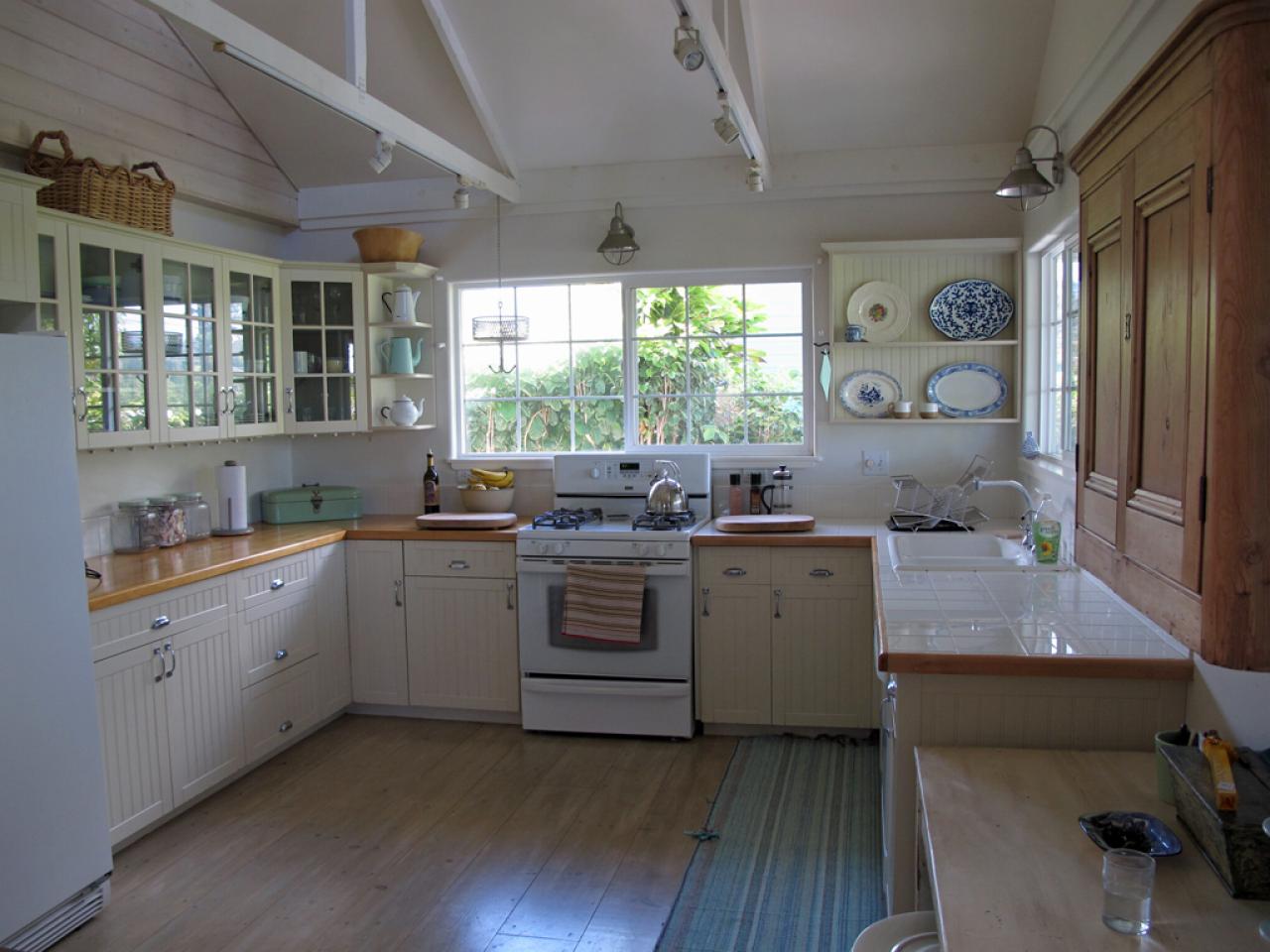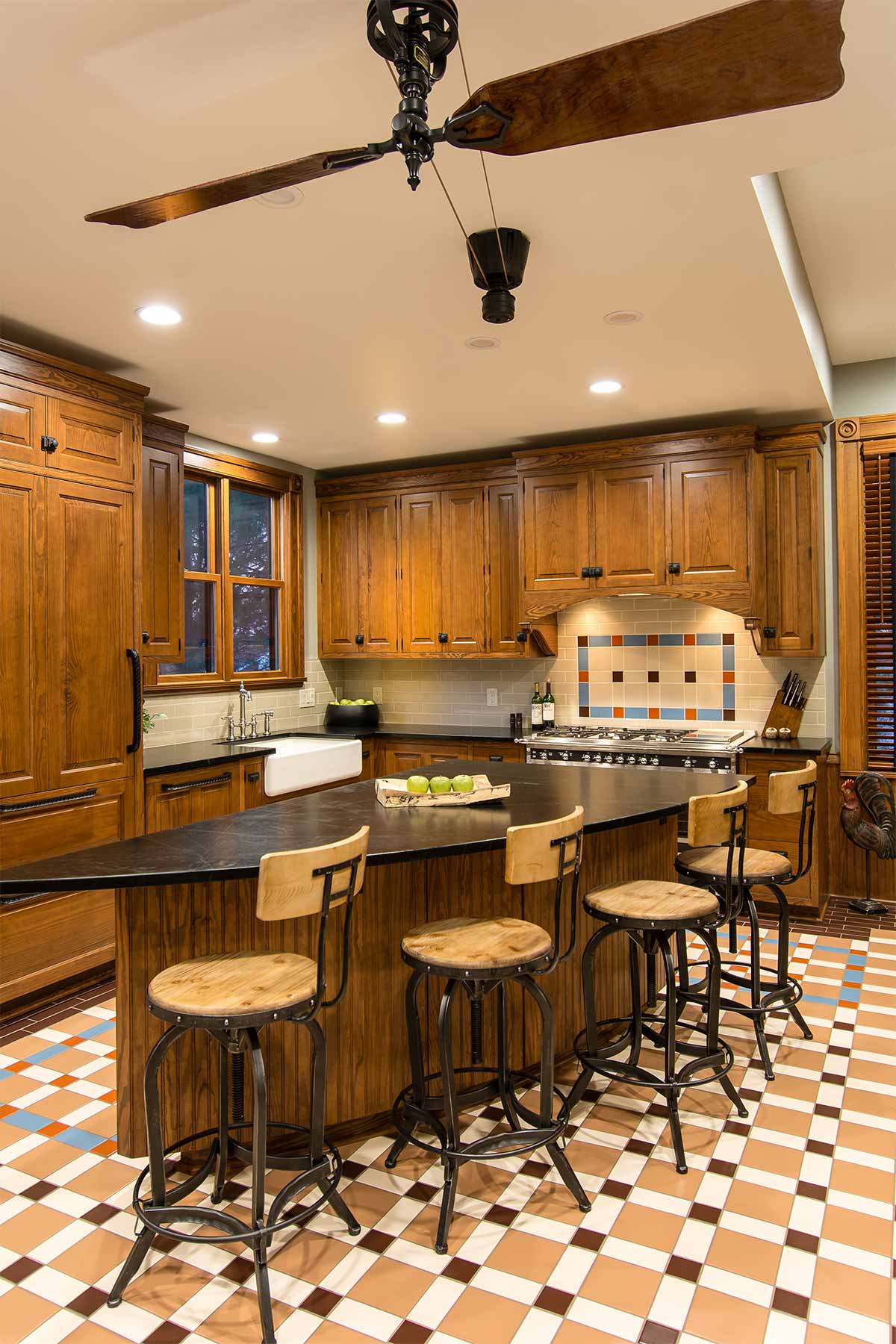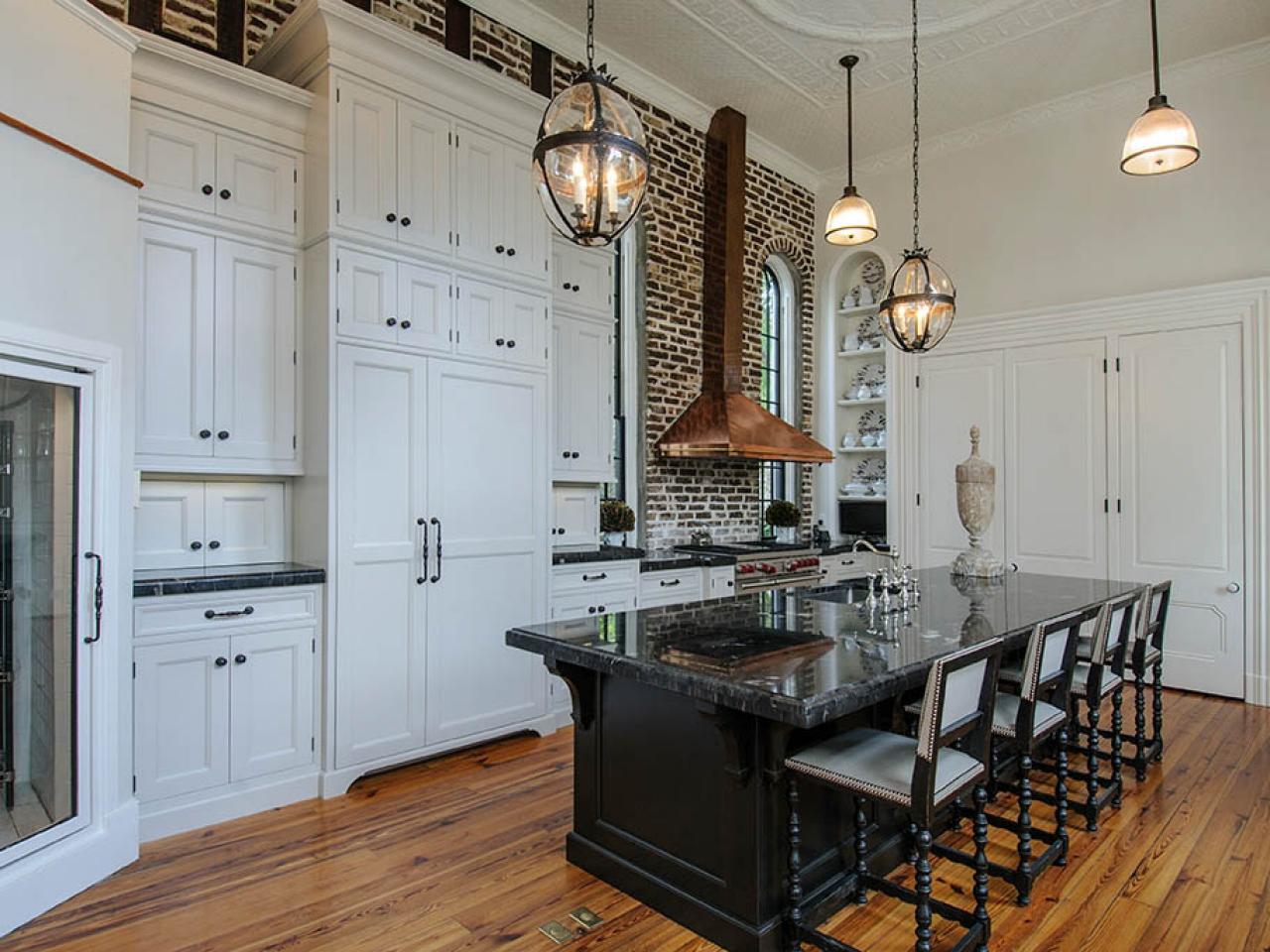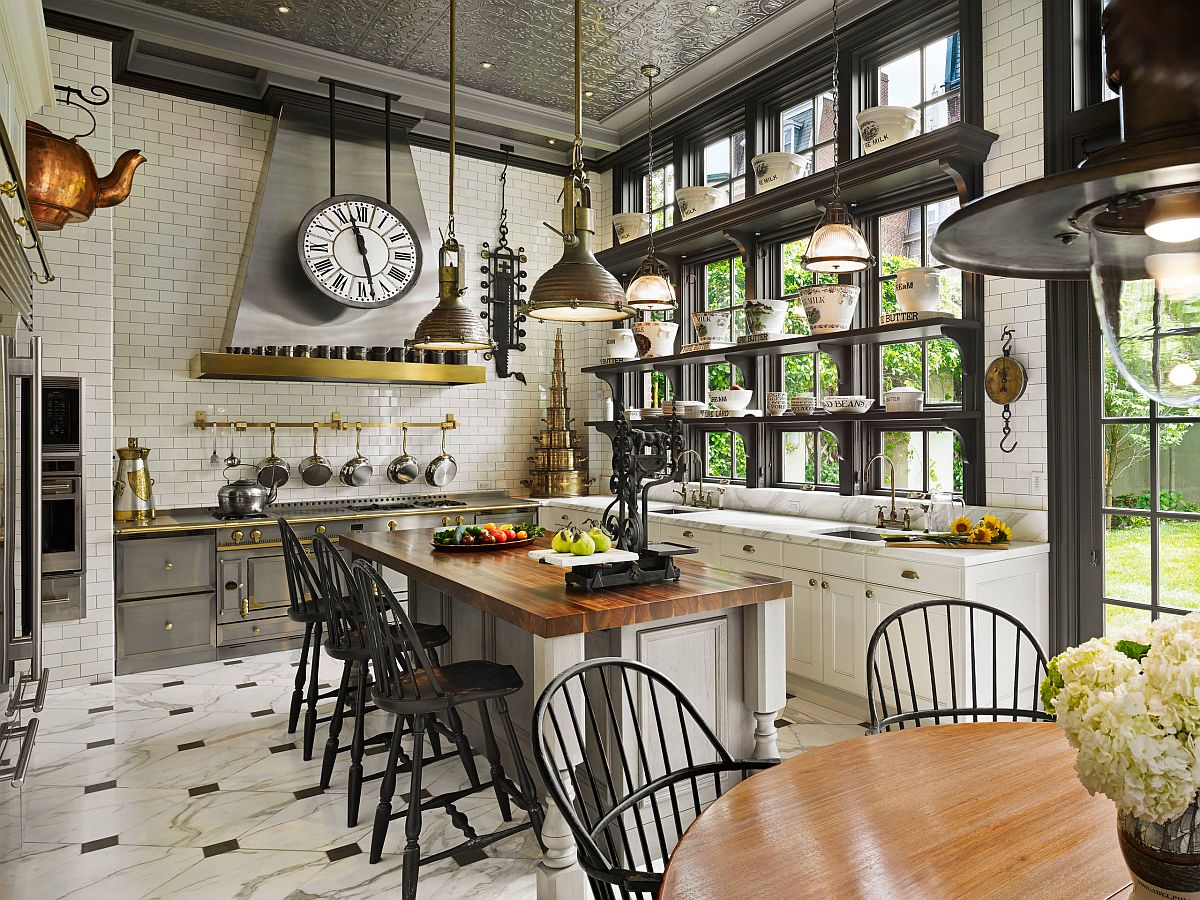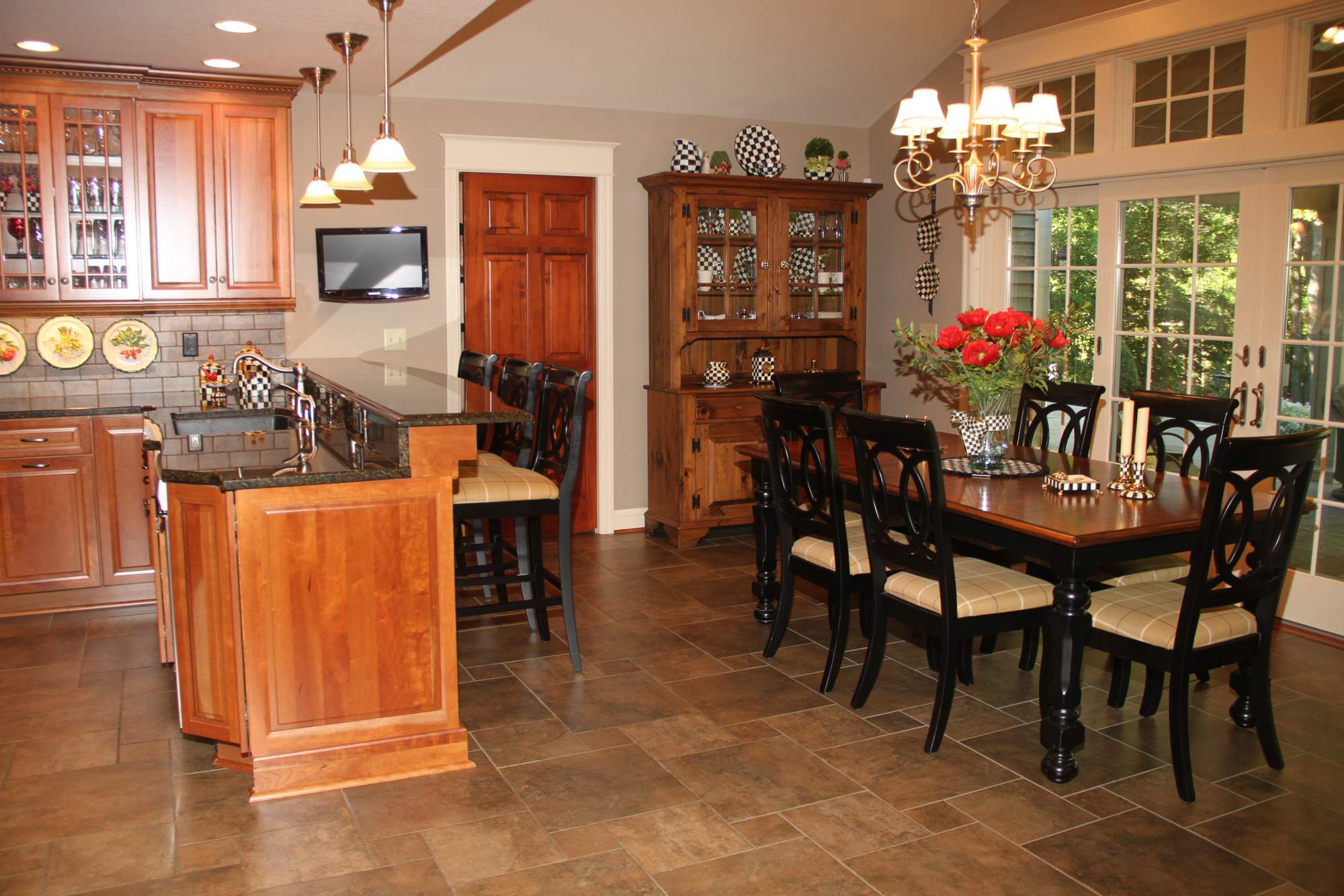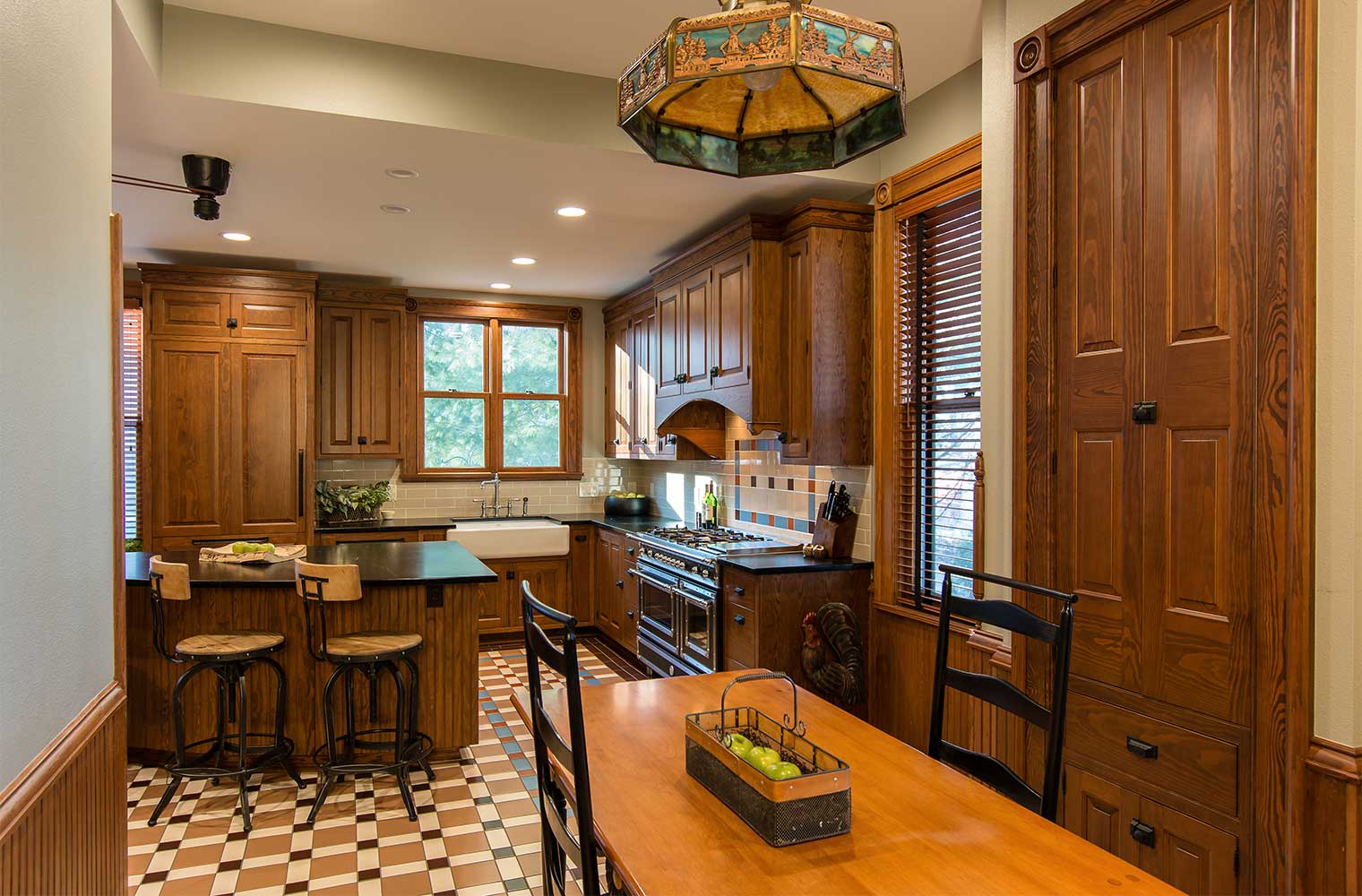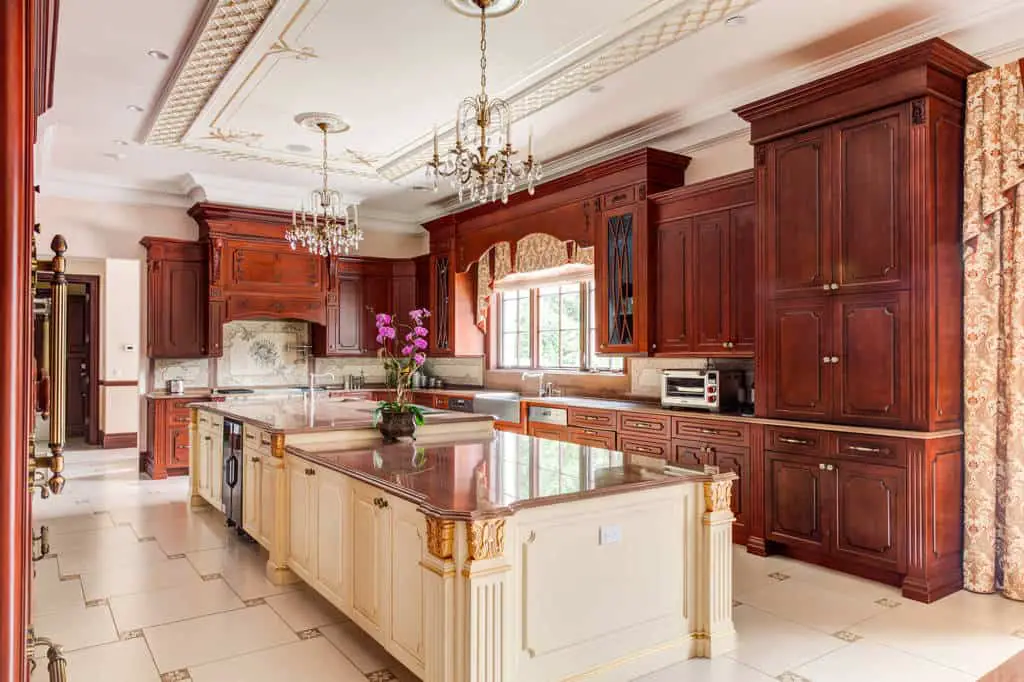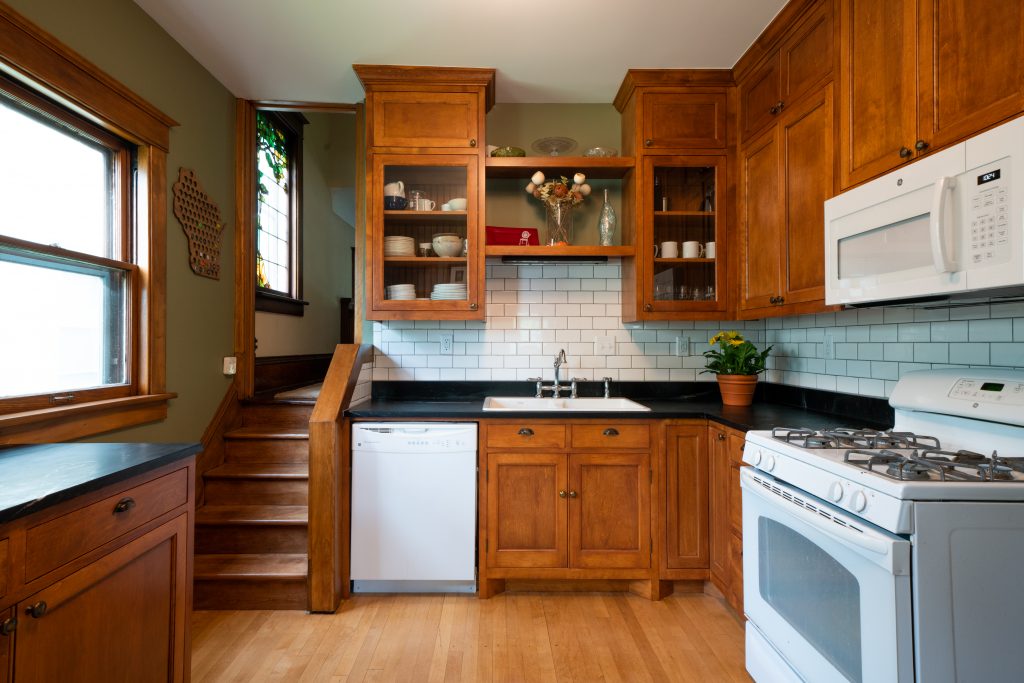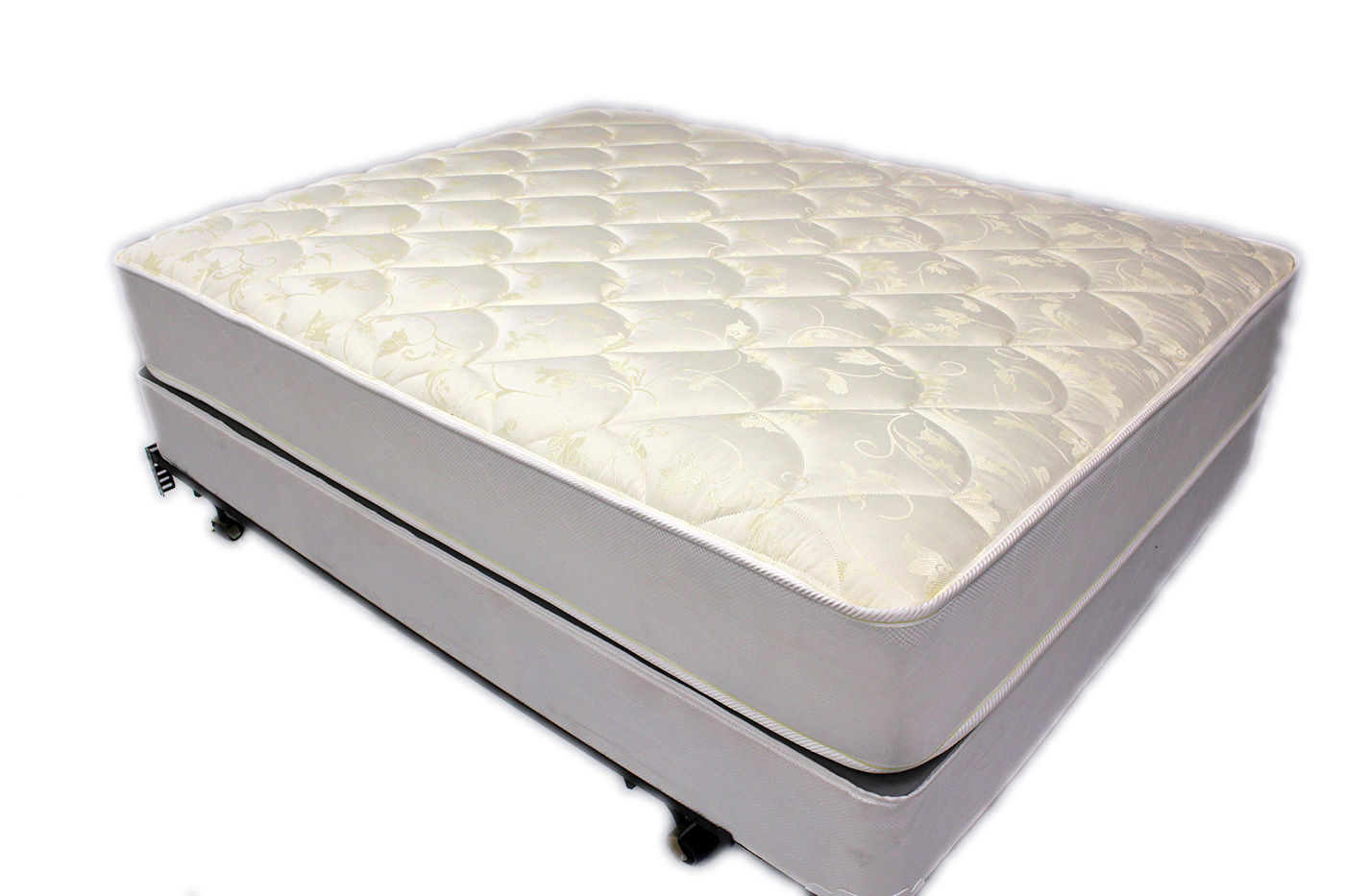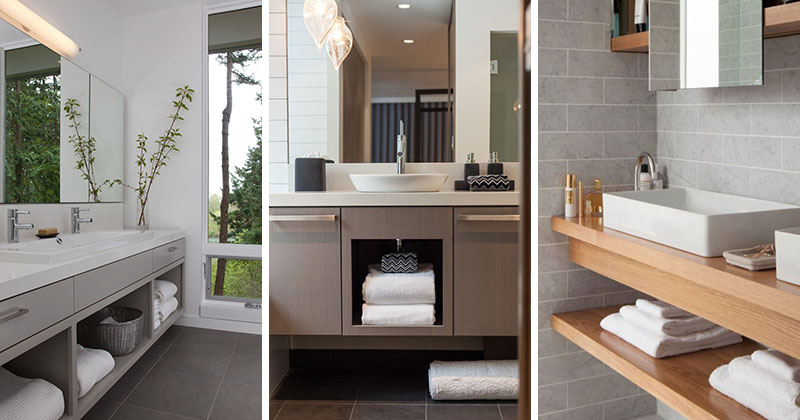The Victorian era was known for its opulence and grandeur, and this was reflected in its kitchen design as well. Victorian kitchens were characterized by rich colors, ornate details, and intricate patterns. The focus was on creating a luxurious and elegant space for cooking and entertaining. The key elements of Victorian kitchen design included elaborate cabinetry, intricate moldings, and decorative tile work. The use of dark woods, such as mahogany and cherry, was popular for cabinetry and furniture. Ornate details like carved corbels, rosettes, and scrollwork were also commonly used to add a touch of drama to the space. Rich colors were a defining feature of Victorian kitchens. Deep burgundy, emerald green, and royal blue were popular choices for walls and cabinetry. These bold colors were often paired with gold accents in the form of gilded hardware and chandeliers, adding to the luxurious feel of the space.Victorian Kitchen Design
The Georgian period, named after the reigns of King George I, II, and III, spanned from 1714 to 1830. Georgian kitchen design was heavily influenced by the Palladian style of architecture, which emphasized symmetry, proportion, and classicism. Neoclassical elements were a prominent feature of Georgian kitchens. This included columns, pilasters, and arches, which were often used to create a sense of elegance and balance in the space. Marble was a popular material used in Georgian kitchens, particularly for countertops and backsplashes. The use of white marble added a timeless and classical touch to the space. Georgian kitchens also featured large windows, high ceilings, and ornate chandeliers. These elements helped to create a sense of grandeur and airiness in the space, making it a sophisticated and inviting place to cook and entertain.Georgian Kitchen Design
The Edwardian era, which lasted from 1901 to 1914, saw a shift towards a lighter and softer aesthetic in kitchen design. This was in contrast to the dark and heavy designs of the Victorian era. Pastel colors were a hallmark of Edwardian kitchen design. Soft mint green, powder blue, and lavender were popular choices for walls and cabinetry. These colors added a calming and airy feel to the space. Edwardian kitchens also featured built-in cabinets, open shelving, and tile backsplashes. These elements were meant to create a sense of efficiency and practicality in the space, reflecting the changing attitudes towards modern living during this time period. Art Nouveau influences could also be seen in Edwardian kitchen design, with the use of curved lines and floral motifs. This added a touch of femininity and romance to the space, making it a welcoming and comfortable place to cook and socialize.Edwardian Kitchen Design
Rustic kitchen design was popular during the 19th century as it reflected the simple and humble lifestyle of rural communities. This style was all about bringing the outdoors in and creating a warm and cozy space for cooking and gathering. The key elements of rustic kitchen design included natural materials, earthy colors, and textured surfaces. Exposed wood beams, stone or brick accents, and rough-hewn wooden surfaces were commonly used to add a rustic and organic feel to the space. Traditional farmhouse elements, such as apron-front sinks, open shelving, and wood-burning stoves, were also popular in rustic kitchens. These elements added a sense of nostalgia and simplicity to the space, making it a warm and inviting place to cook and gather with loved ones.Rustic Kitchen Design
Farmhouse kitchen design, also known as country or cottage style, was popular during the 19th century as it reflected the simple and practical lifestyle of rural farmhouses. This style was all about functionality and comfort, with a focus on creating a warm and inviting space for cooking and gathering. The key elements of farmhouse kitchen design included wooden cabinetry, open shelving, and farmhouse sinks. These elements added a rustic and homely feel to the space, reflecting the down-to-earth lifestyle of farm living. Neutral color palettes, such as white and cream, were commonly used in farmhouse kitchens. These colors helped to create a sense of simplicity and cleanliness in the space. Vintage accents, such as antique dishes and metal hardware, were also commonly used to add a touch of charm and history to the space.Farmhouse Kitchen Design
Country kitchen design was a popular choice during the 19th century as it reflected the simple and humble lifestyle of rural communities. This style was all about creating a cozy and welcoming space for cooking and gathering with loved ones. The key elements of country kitchen design included wooden cabinetry, open shelving, and farmhouse sinks. These elements added a rustic and homely feel to the space, reflecting the down-to-earth lifestyle of country living. Neutral color palettes, such as soft yellow and sage green, were commonly used in country kitchens. These colors helped to create a sense of warmth and comfort in the space. Handmade accents, such as pottery and textiles, were also commonly used to add a touch of homemade charm to the space.Country Kitchen Design
Traditional kitchen design was popular during the 19th century as it reflected the elegant and formal lifestyle of the upper class. This style was all about luxury and sophistication, with a focus on creating a timeless and refined space for cooking and entertaining. The key elements of traditional kitchen design included ornate cabinetry, intricate moldings, and marble countertops. These elements added a regal and opulent feel to the space, reflecting the wealth and prestige of the upper class. Deep colors, such as burgundy and navy, were commonly used in traditional kitchens. These colors added a sense of drama and elegance to the space. Crystal chandeliers and fine china were also commonly used to add a touch of luxury and sophistication to the space.Traditional Kitchen Design
Antique kitchen design was popular during the 19th century as it reflected a love for vintage and timeless pieces. This style was all about mixing and matching different period furniture and accents to create a unique and eclectic space. The key elements of antique kitchen design included antique furniture, ornate chandeliers, and vintage accents. These elements added a touch of history and character to the space, giving it a timeless and lived-in feel. Neutral color palettes, such as cream and beige, were commonly used in antique kitchens. These colors helped to create a cohesive and balanced look, allowing the antique pieces to shine and stand out.Antique Kitchen Design
Vintage kitchen design was a popular choice during the 19th century as it reflected a love for nostalgia and old-world charm. This style was all about mixing and matching different period furniture and accents to create a cozy and charming space. The key elements of vintage kitchen design included retro appliances, colorful tile backsplashes, and hand-painted signs. These elements added a playful and quirky feel to the space, reflecting the nostalgic and whimsical nature of vintage design. Bright colors, such as mint green and sky blue, were commonly used in vintage kitchens. These colors added a cheerful and lively touch to the space. Antique accents, such as colored glassware and floral patterns, were also commonly used to add a touch of charm and personality to the space.Vintage Kitchen Design
Historic Kitchen Design
The Evolution of 19th Century Kitchen Design

The Role of Science and Technology
 The 19th century was a time of great advancements in science and technology, and these developments had a significant impact on kitchen design. With the rise of industrialization, new machinery and tools were introduced, making cooking and cleaning more efficient and convenient. For example, the invention of the cast iron stove in the mid-19th century revolutionized cooking methods, replacing open fires and reducing the risk of house fires. This allowed for more elaborate and time-consuming dishes to be prepared, leading to a rise in culinary skills and the demand for specialized kitchen utensils.
The 19th century was a time of great advancements in science and technology, and these developments had a significant impact on kitchen design. With the rise of industrialization, new machinery and tools were introduced, making cooking and cleaning more efficient and convenient. For example, the invention of the cast iron stove in the mid-19th century revolutionized cooking methods, replacing open fires and reducing the risk of house fires. This allowed for more elaborate and time-consuming dishes to be prepared, leading to a rise in culinary skills and the demand for specialized kitchen utensils.
The Influence of Social Customs
 In addition to science and technology, social customs also played a crucial role in shaping 19th century kitchen design. The Victorian era was characterized by strict social etiquette and a strong emphasis on appearances. As a result, the kitchen was often hidden from view and considered a separate working space, rather than a place for social gatherings. This led to the development of closed kitchen designs, with separate areas for cooking, cleaning, and storage. The kitchen also became a symbol of status and wealth, with wealthy families investing in elaborate and ornate kitchen designs to showcase their wealth and social standing.
In addition to science and technology, social customs also played a crucial role in shaping 19th century kitchen design. The Victorian era was characterized by strict social etiquette and a strong emphasis on appearances. As a result, the kitchen was often hidden from view and considered a separate working space, rather than a place for social gatherings. This led to the development of closed kitchen designs, with separate areas for cooking, cleaning, and storage. The kitchen also became a symbol of status and wealth, with wealthy families investing in elaborate and ornate kitchen designs to showcase their wealth and social standing.
The Rise of Consumerism
 The 19th century also saw a significant rise in consumerism, with the emergence of a middle class and the availability of goods and services for purchase. This led to a shift in kitchen design, with a focus on convenience and efficiency. The introduction of mass-produced kitchenware and appliances, such as refrigerators and canned goods, allowed for easier and faster food preparation. This, in turn, led to a more streamlined and functional kitchen design, with a focus on maximizing space and storage.
In conclusion, the 19th century was a period of great change and innovation in kitchen design. From advancements in science and technology to social customs and consumerism, various factors contributed to the evolution of the modern kitchen. The legacy of 19th century kitchen design can still be seen in many homes today, showcasing the enduring influence and importance of this era in house design.
The 19th century also saw a significant rise in consumerism, with the emergence of a middle class and the availability of goods and services for purchase. This led to a shift in kitchen design, with a focus on convenience and efficiency. The introduction of mass-produced kitchenware and appliances, such as refrigerators and canned goods, allowed for easier and faster food preparation. This, in turn, led to a more streamlined and functional kitchen design, with a focus on maximizing space and storage.
In conclusion, the 19th century was a period of great change and innovation in kitchen design. From advancements in science and technology to social customs and consumerism, various factors contributed to the evolution of the modern kitchen. The legacy of 19th century kitchen design can still be seen in many homes today, showcasing the enduring influence and importance of this era in house design.
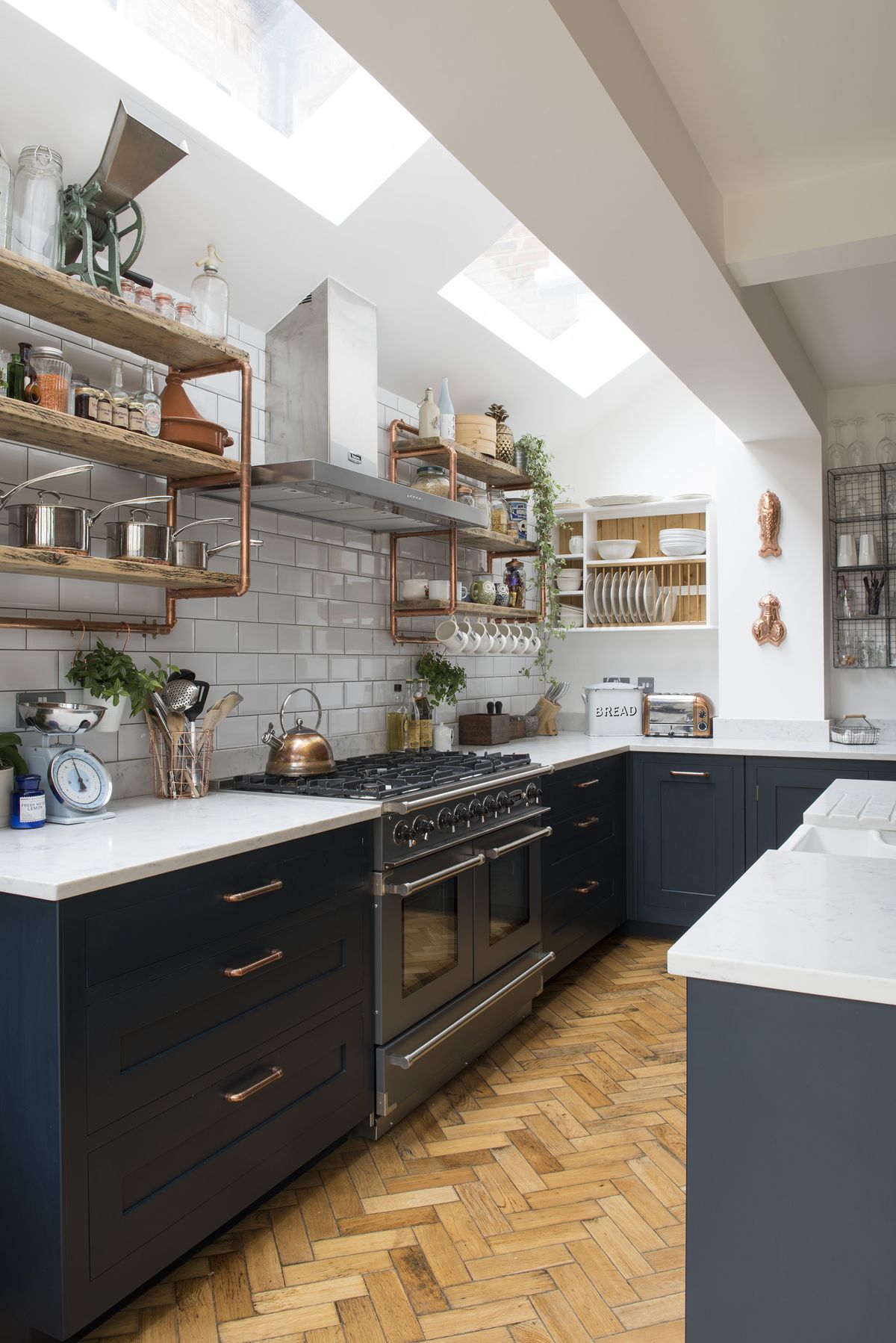

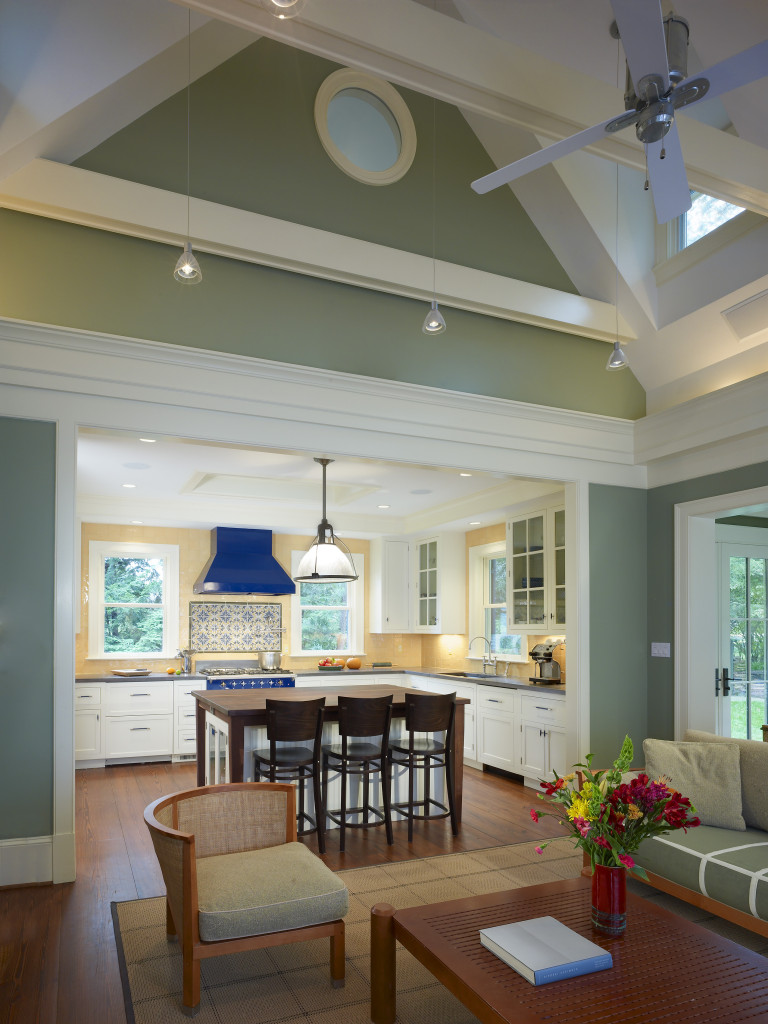

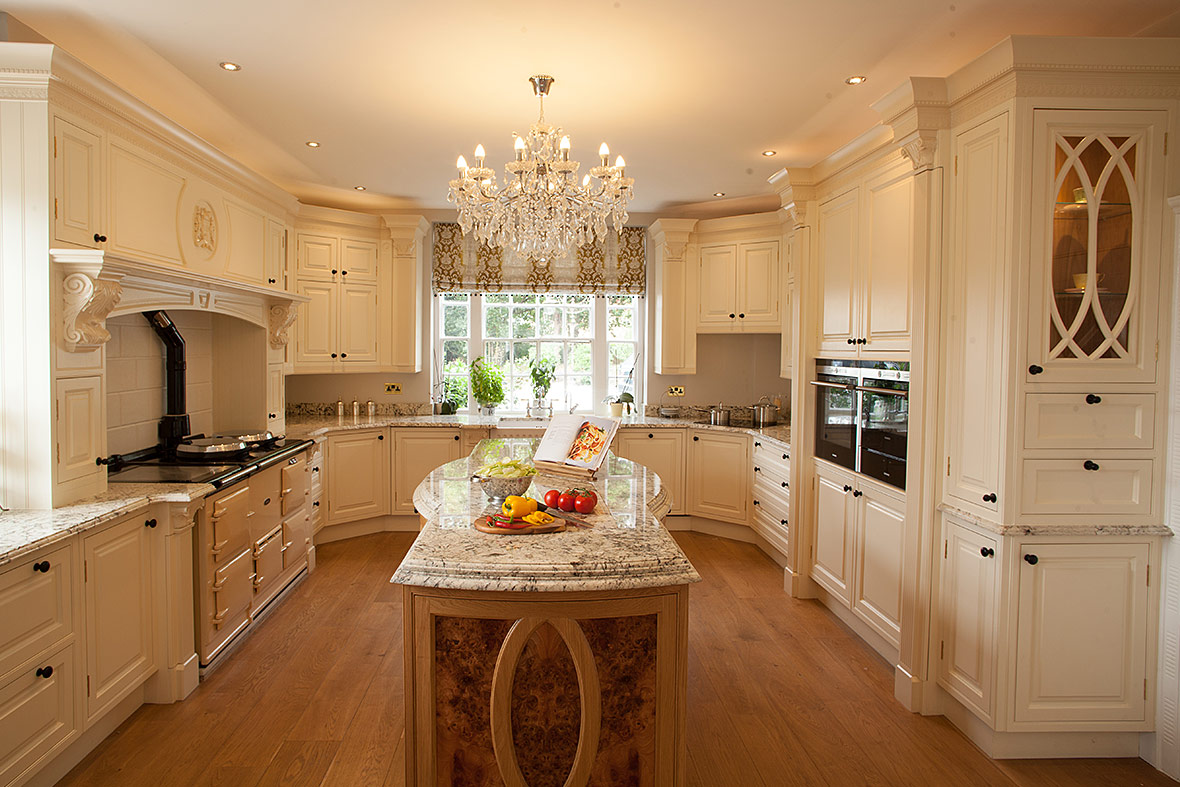

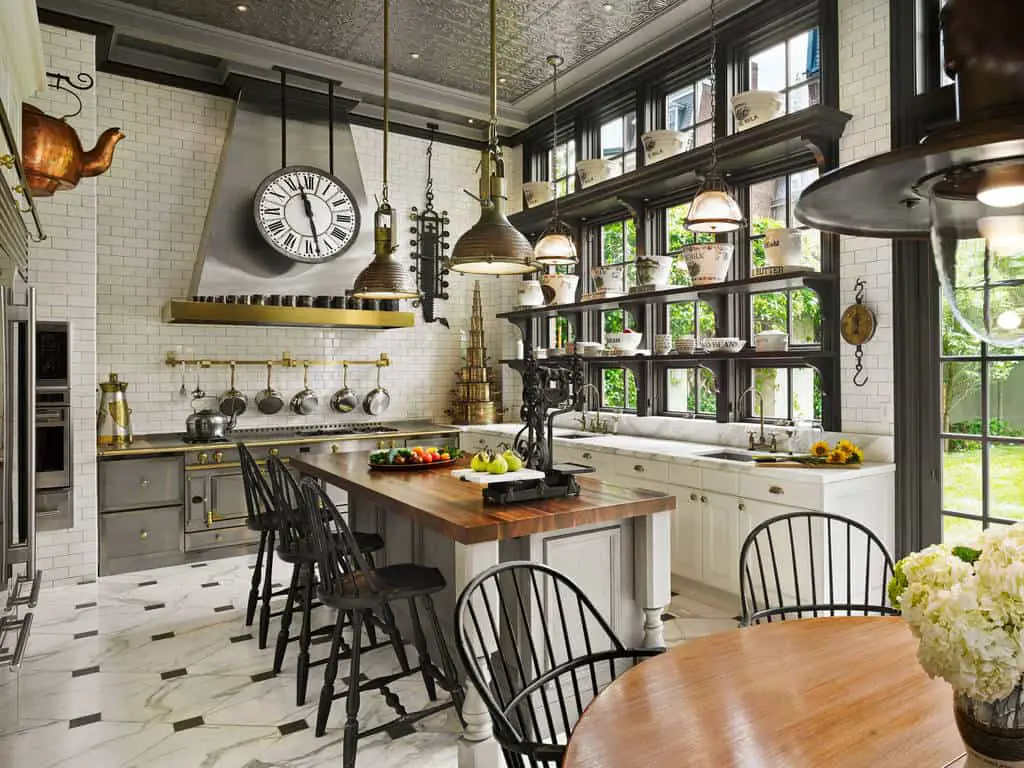

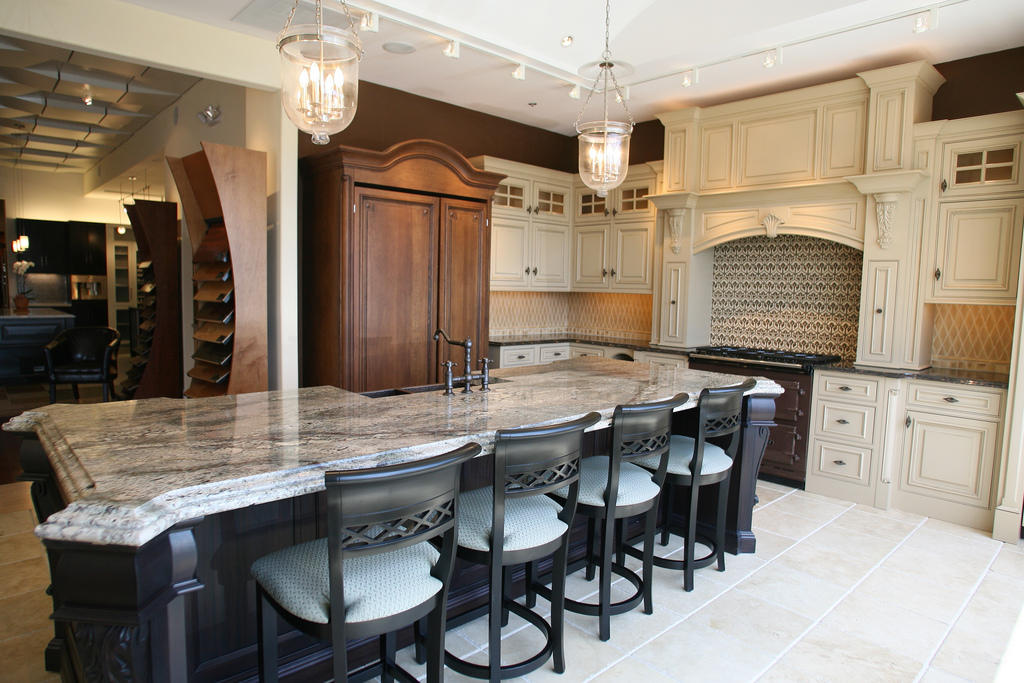

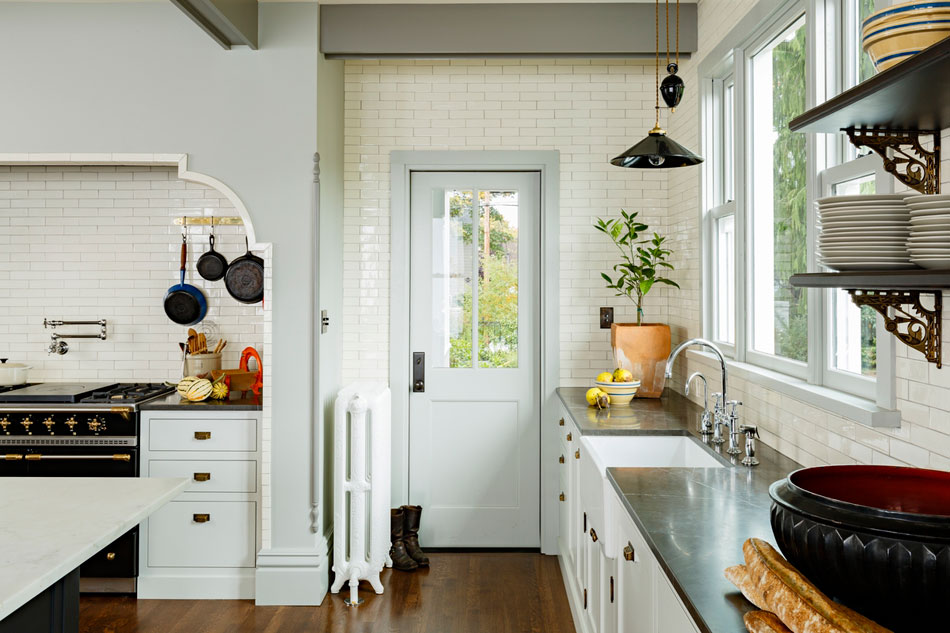
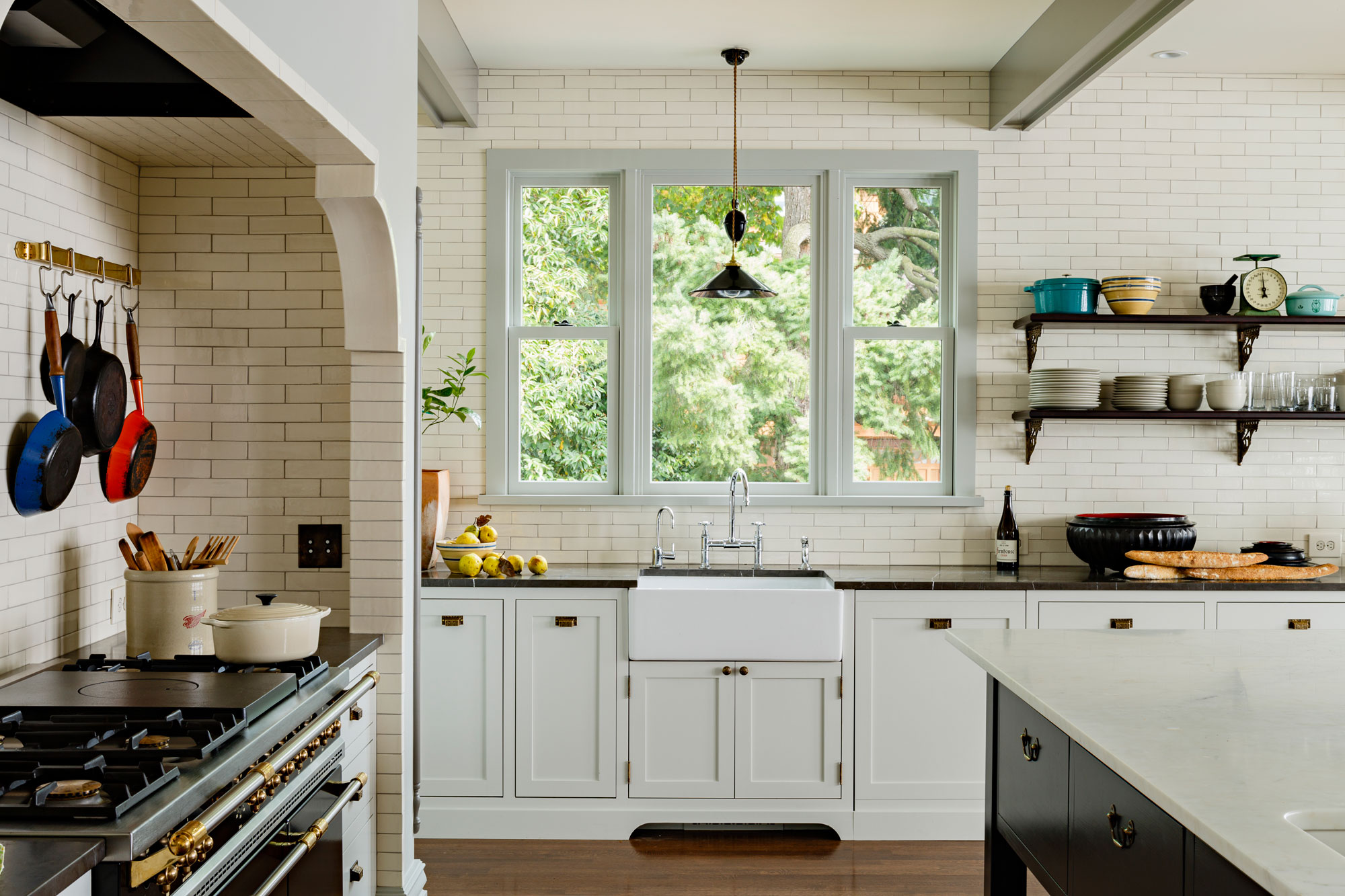






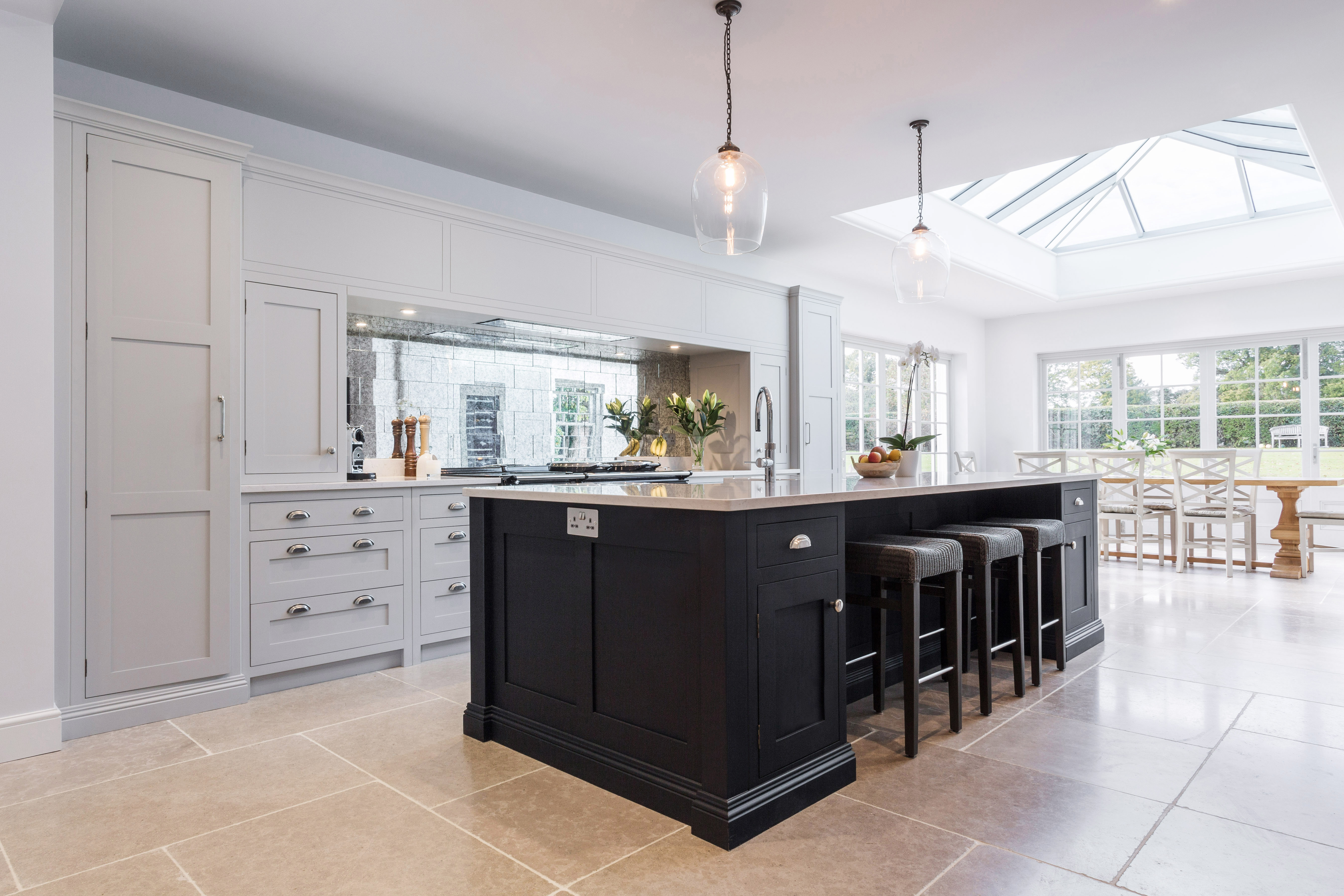















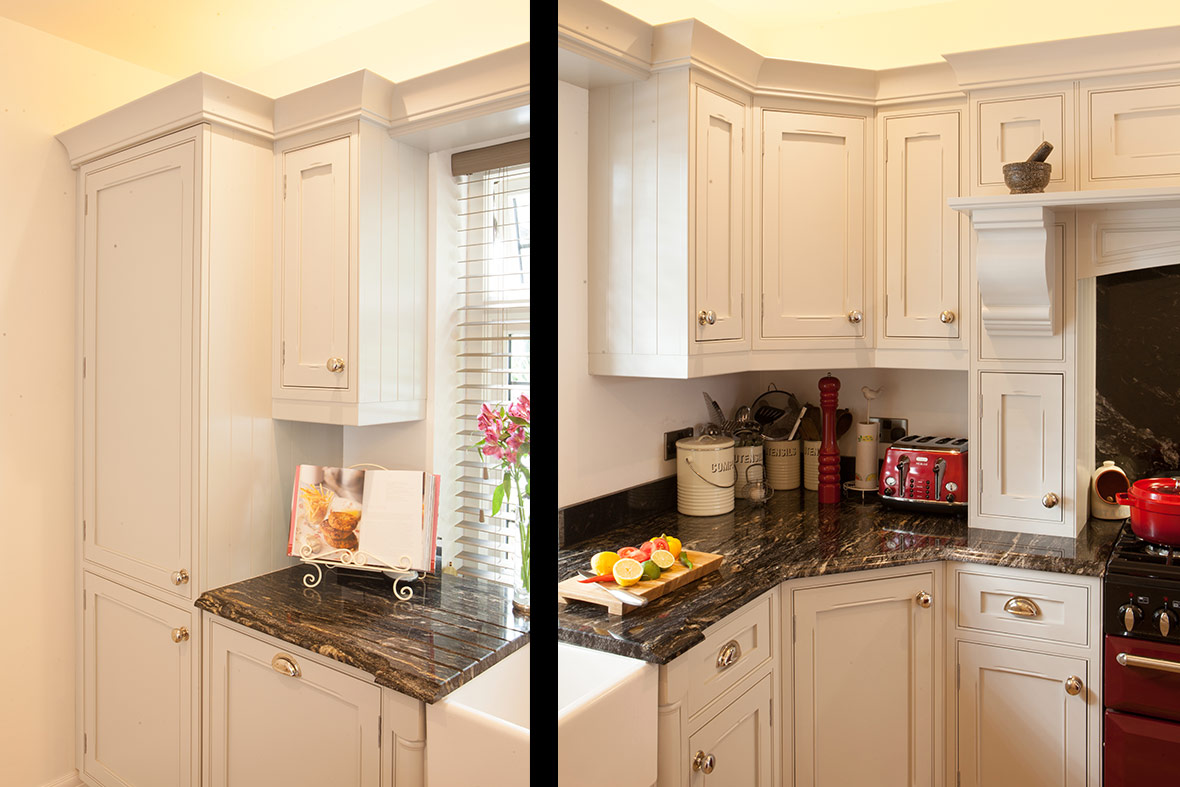
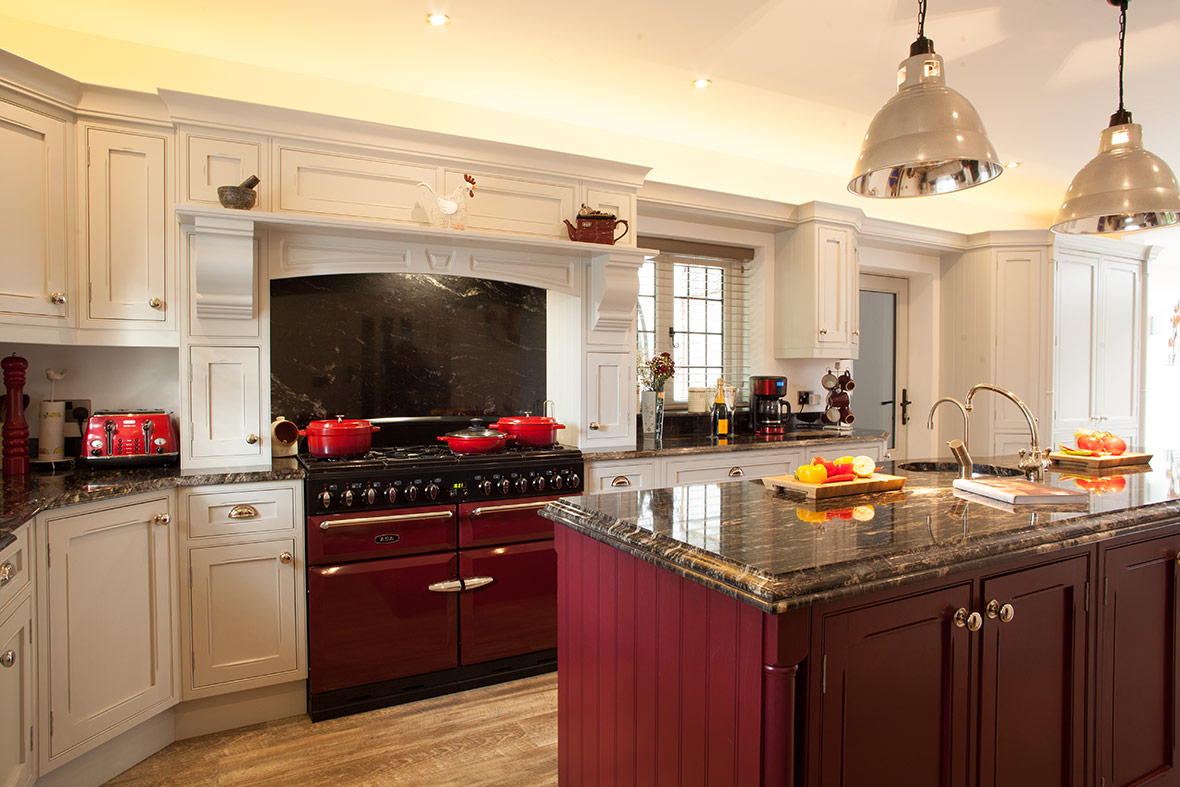






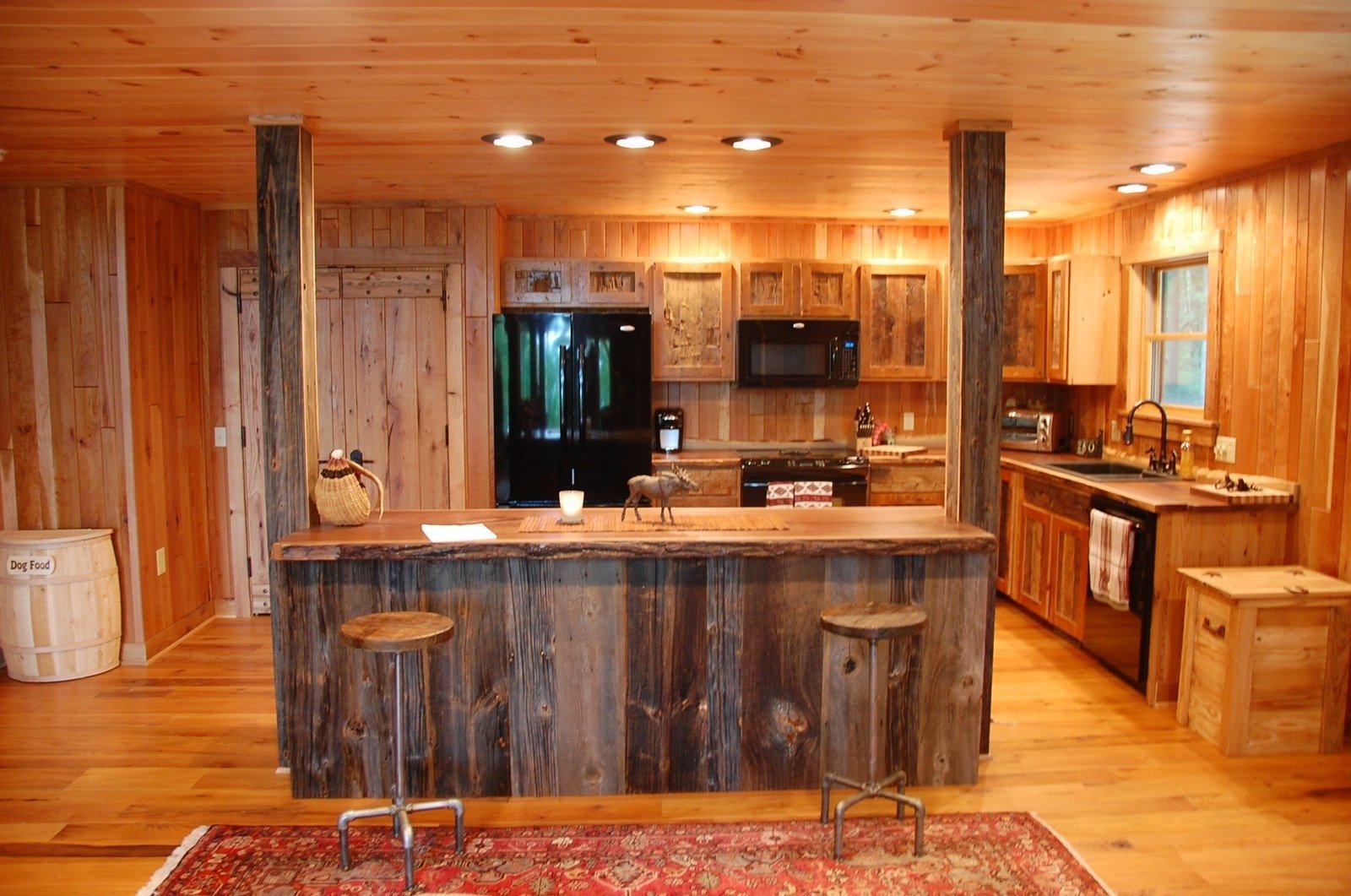
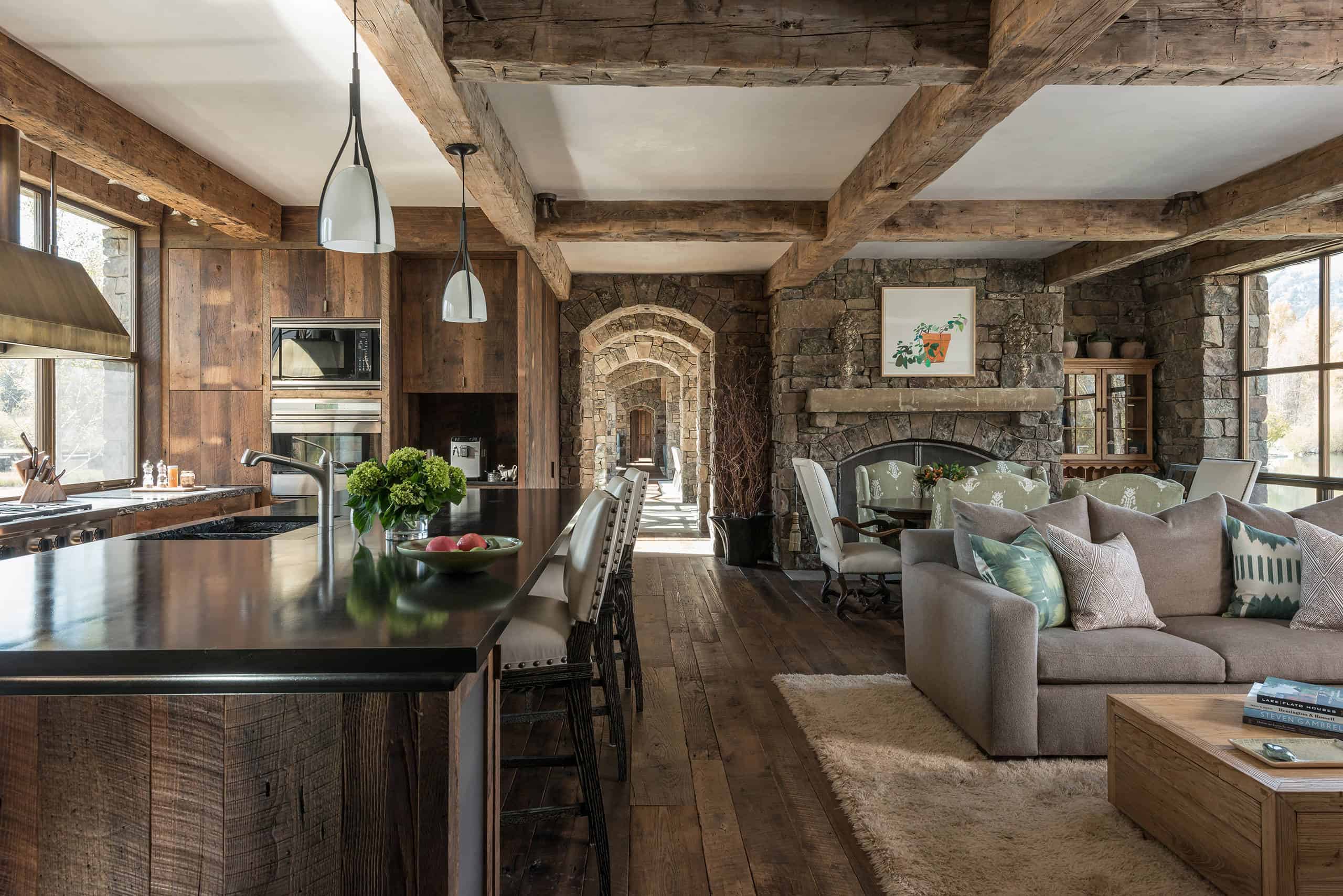
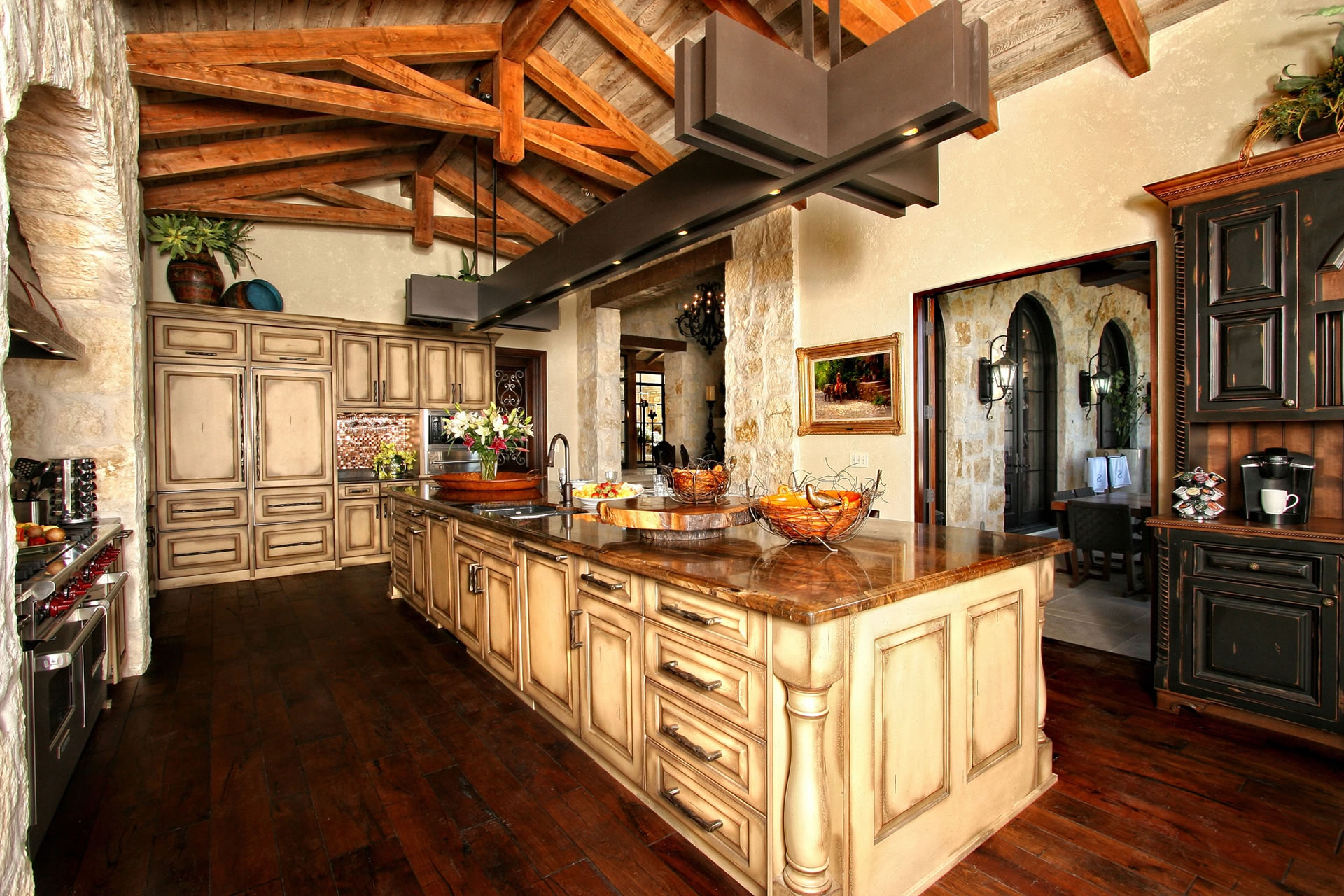
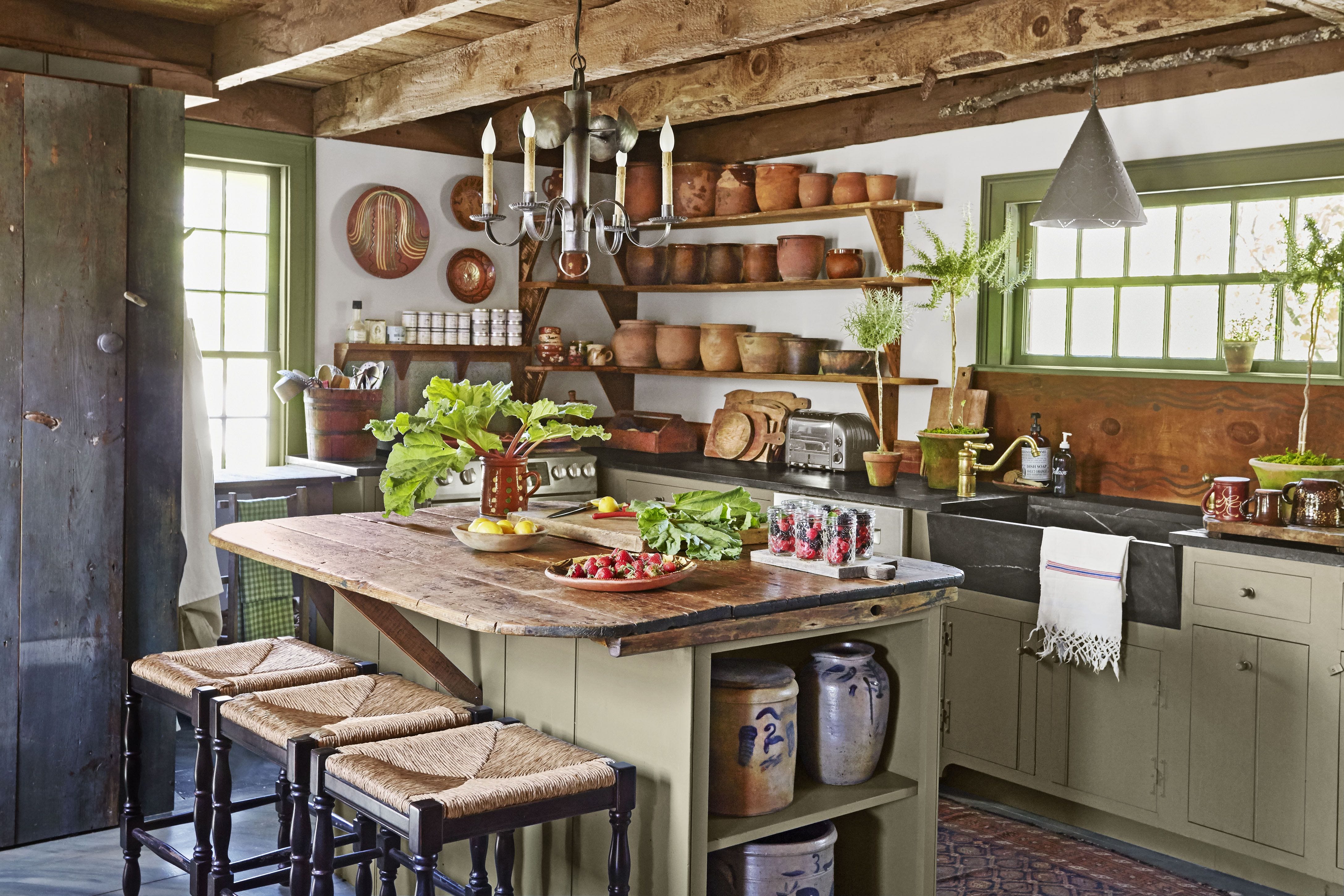
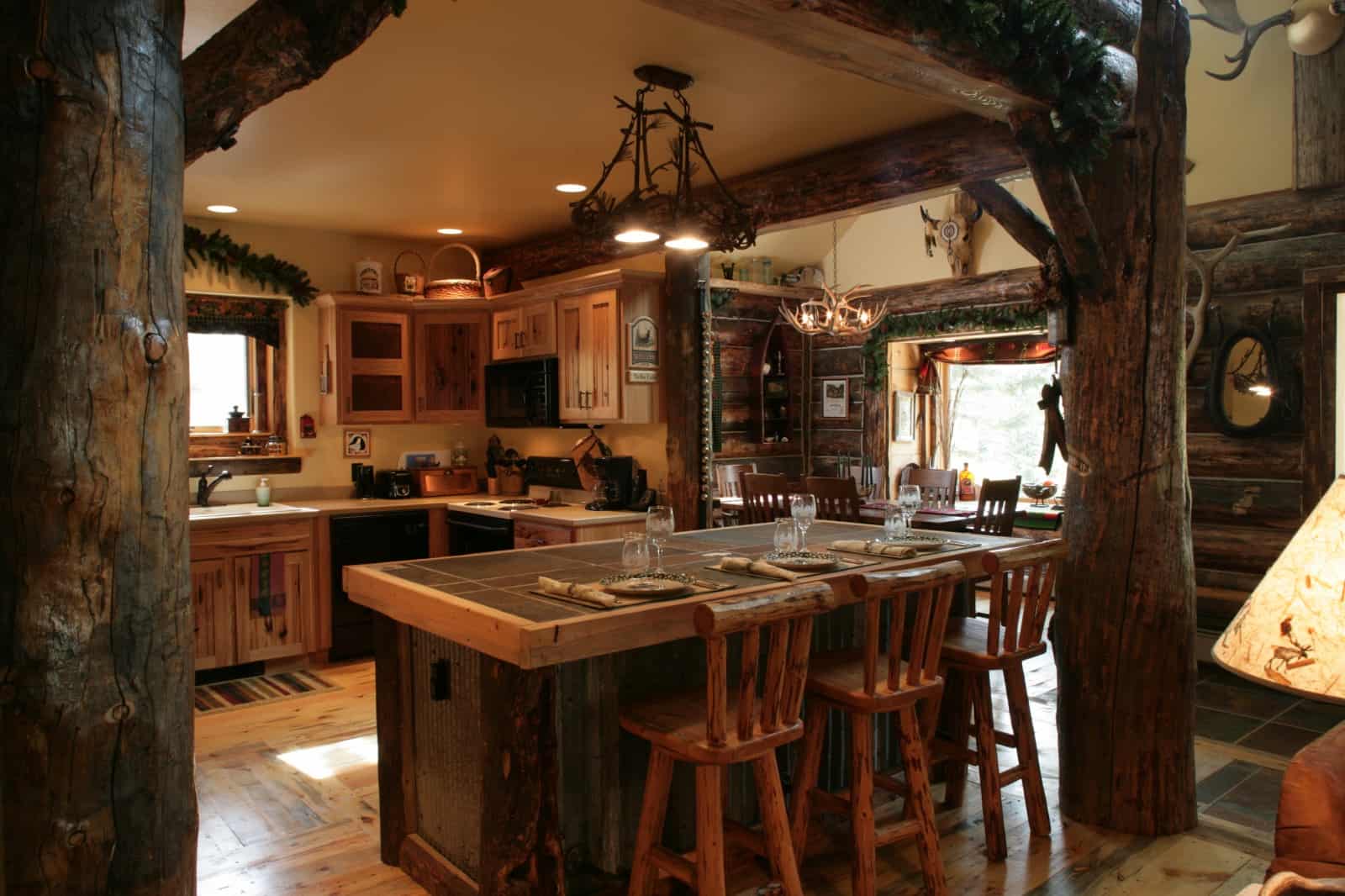


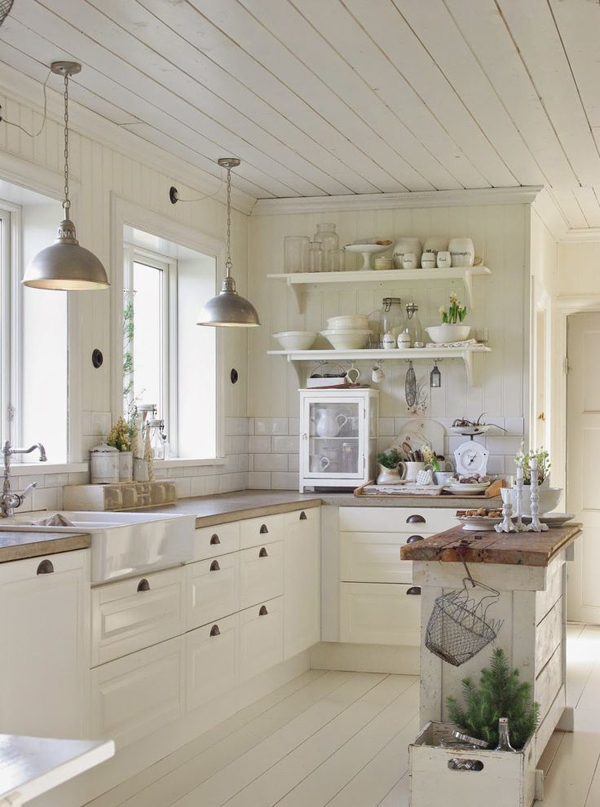
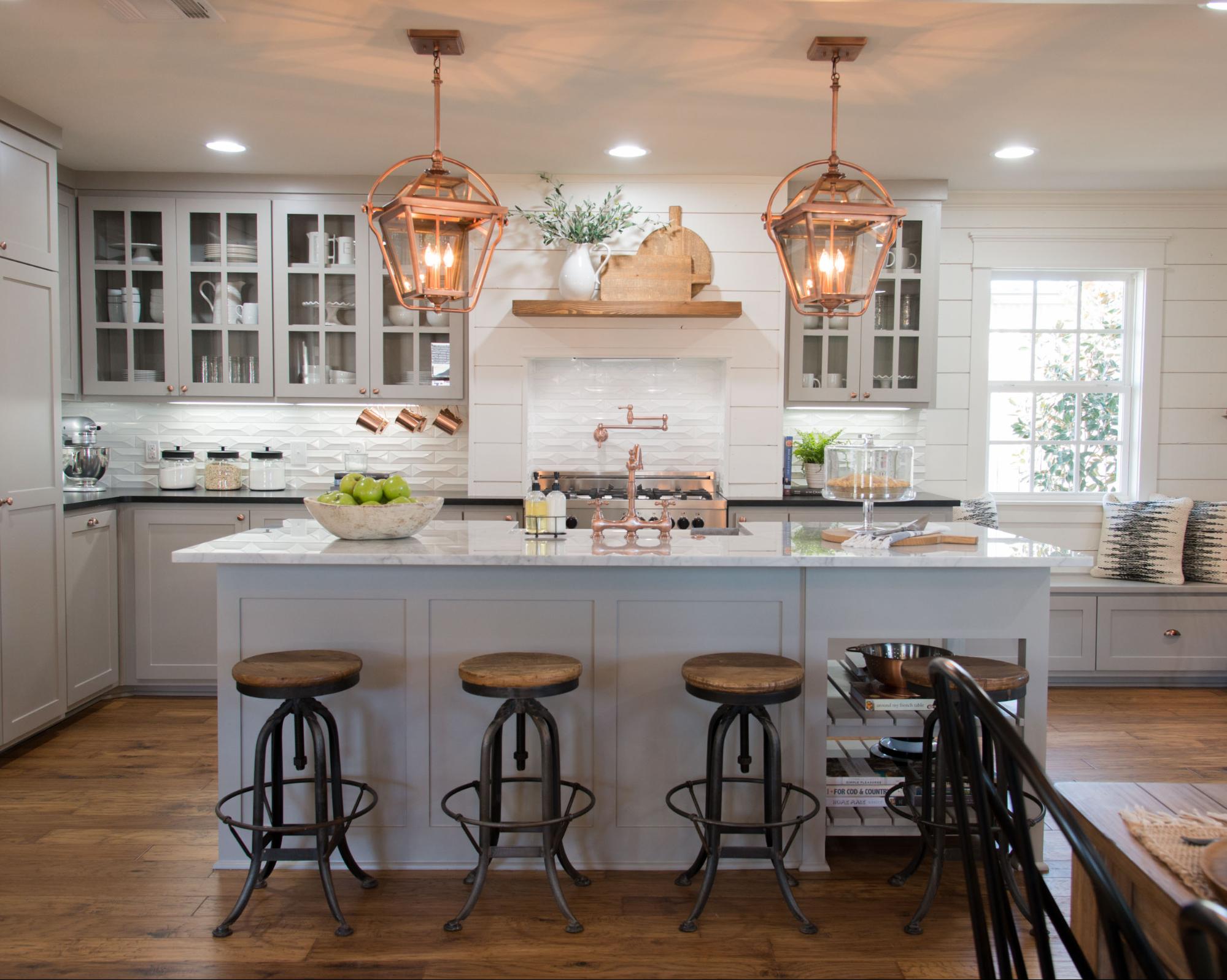

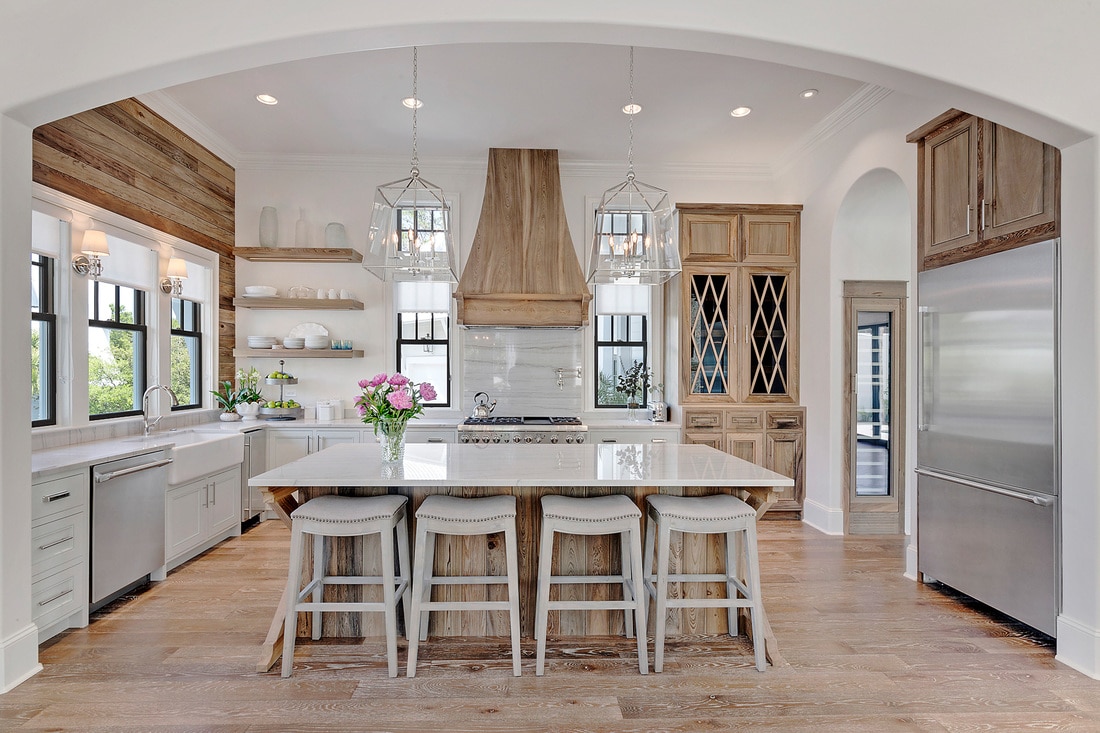
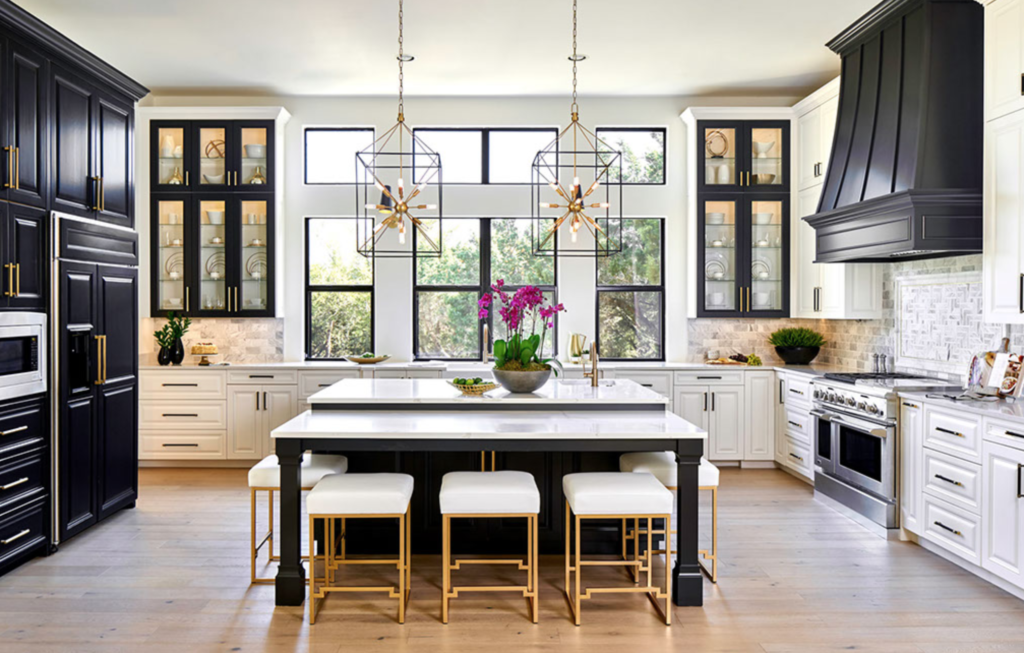
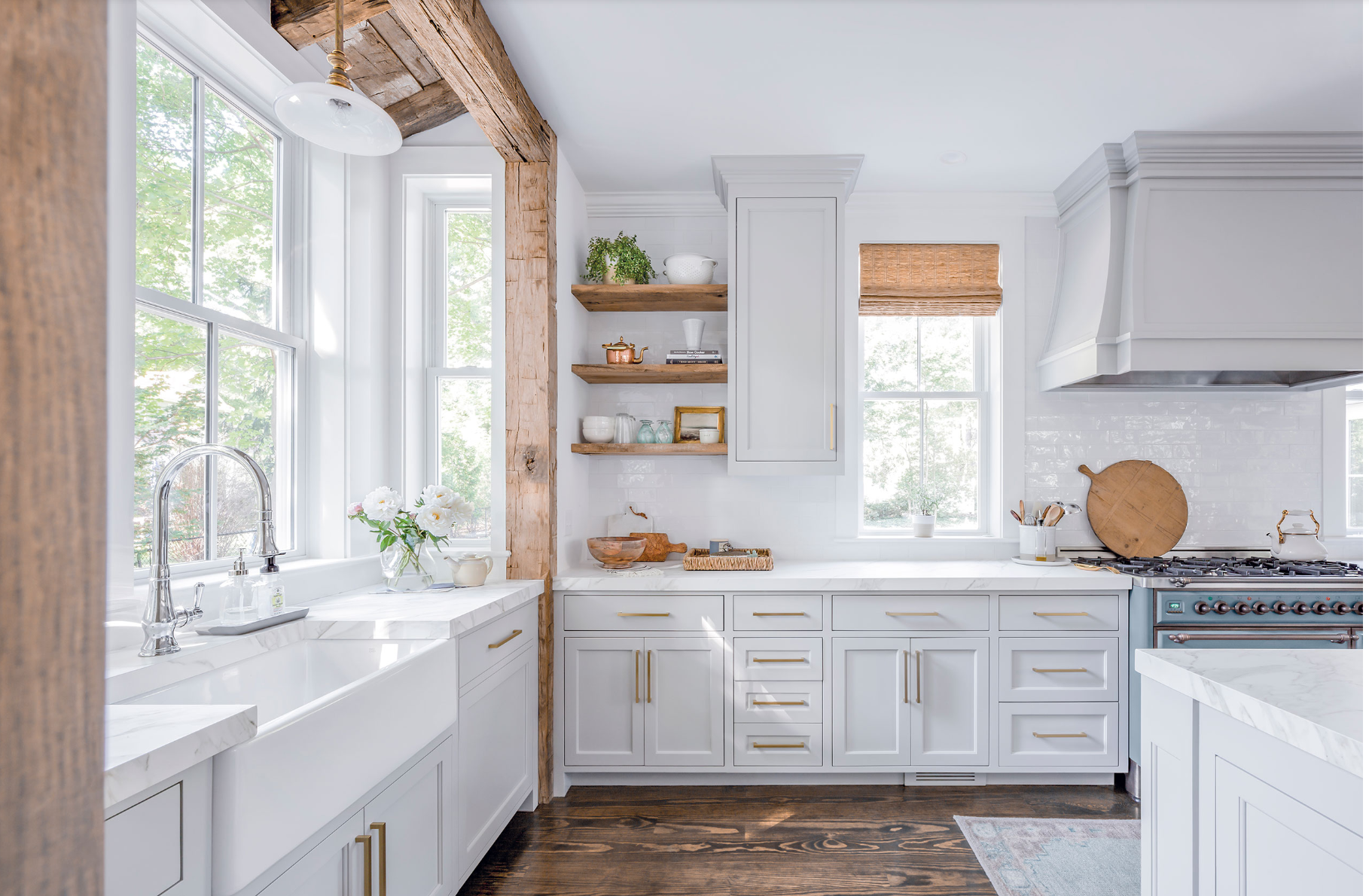
/modern-farmhouse-kitchen-ideas-4147983-hero-6e296df23de941f58ad4e874fefbc2a3.jpg)

